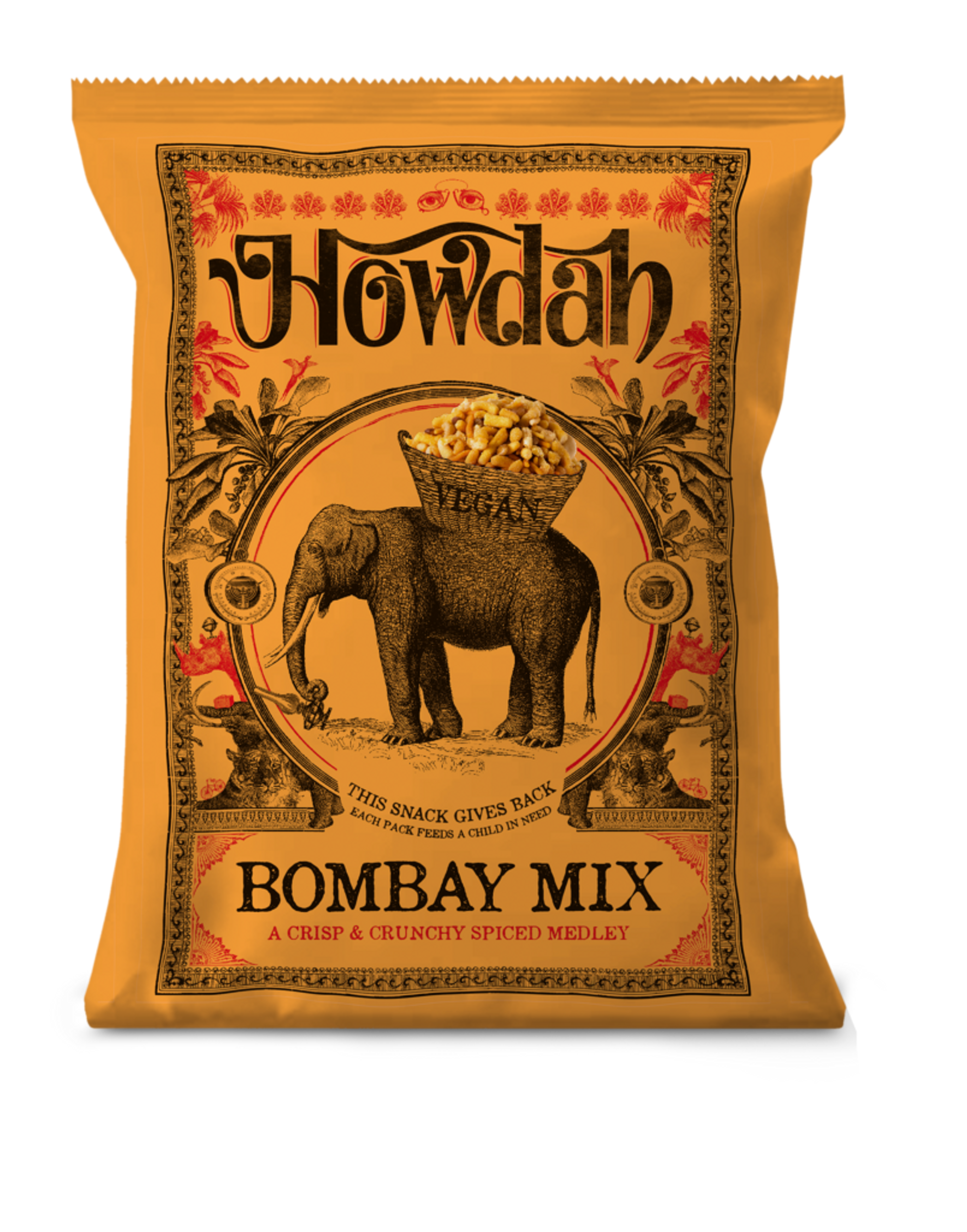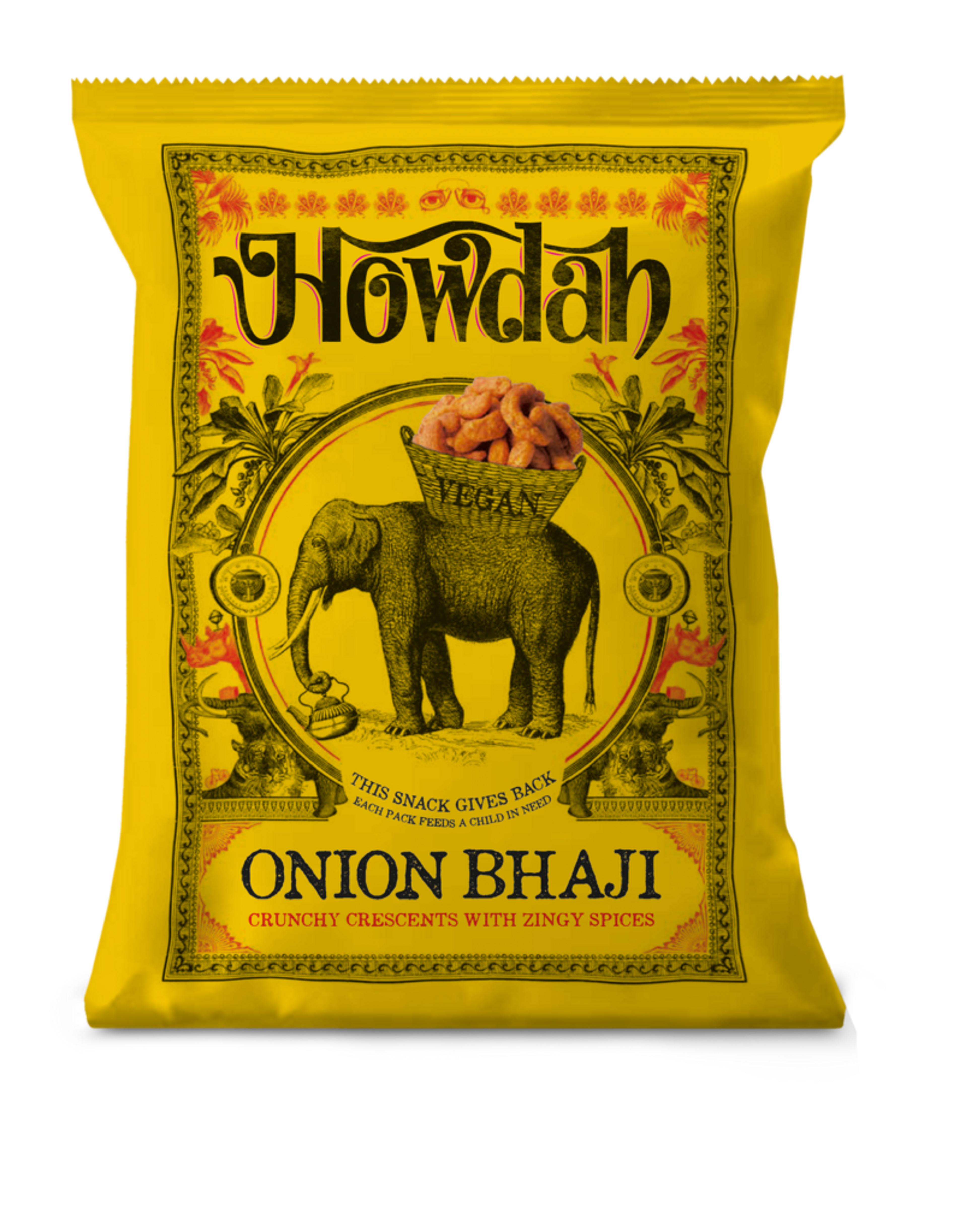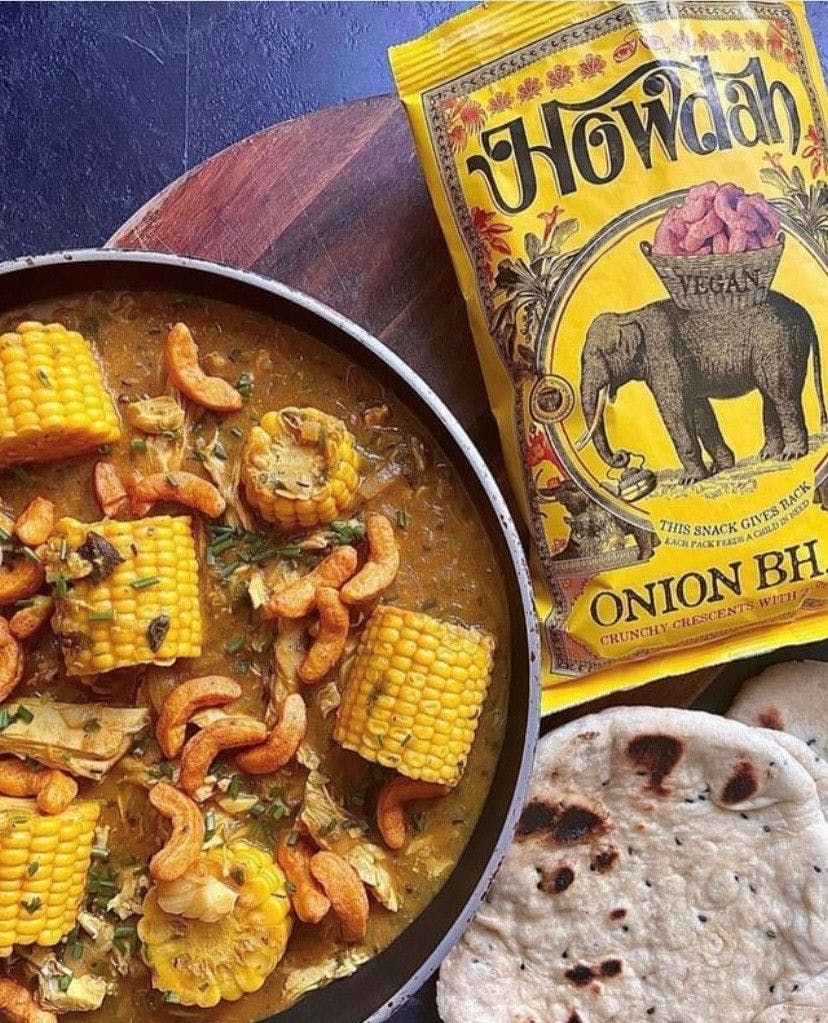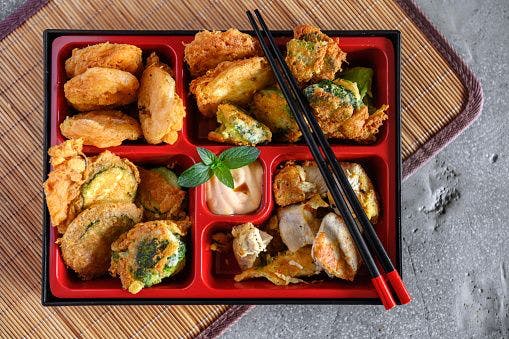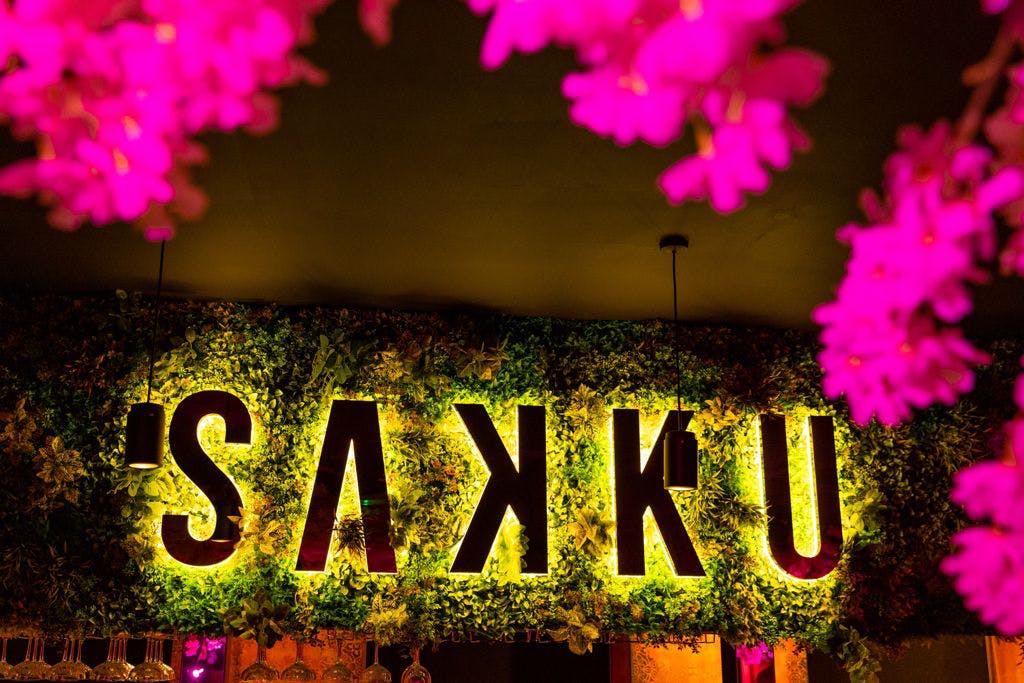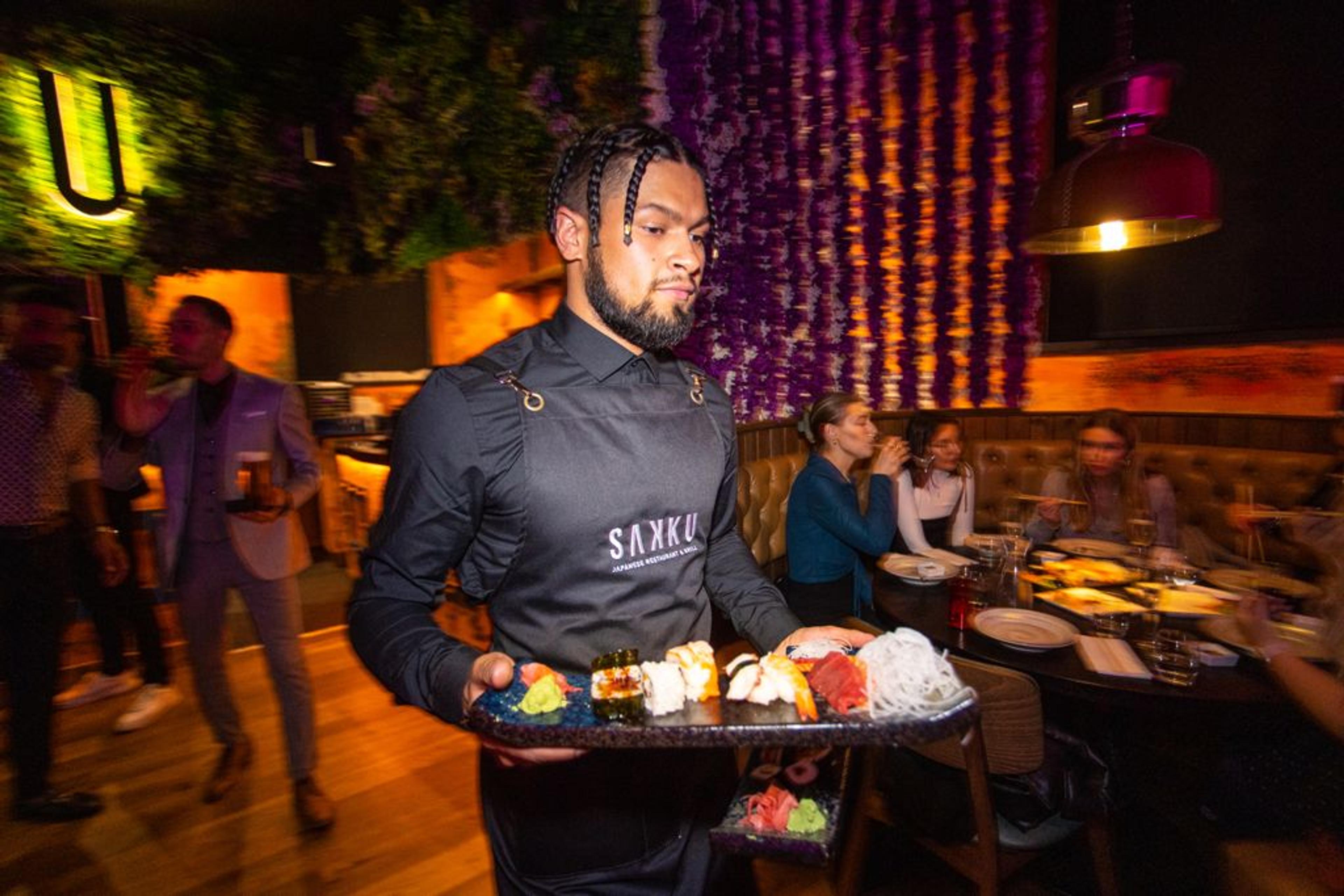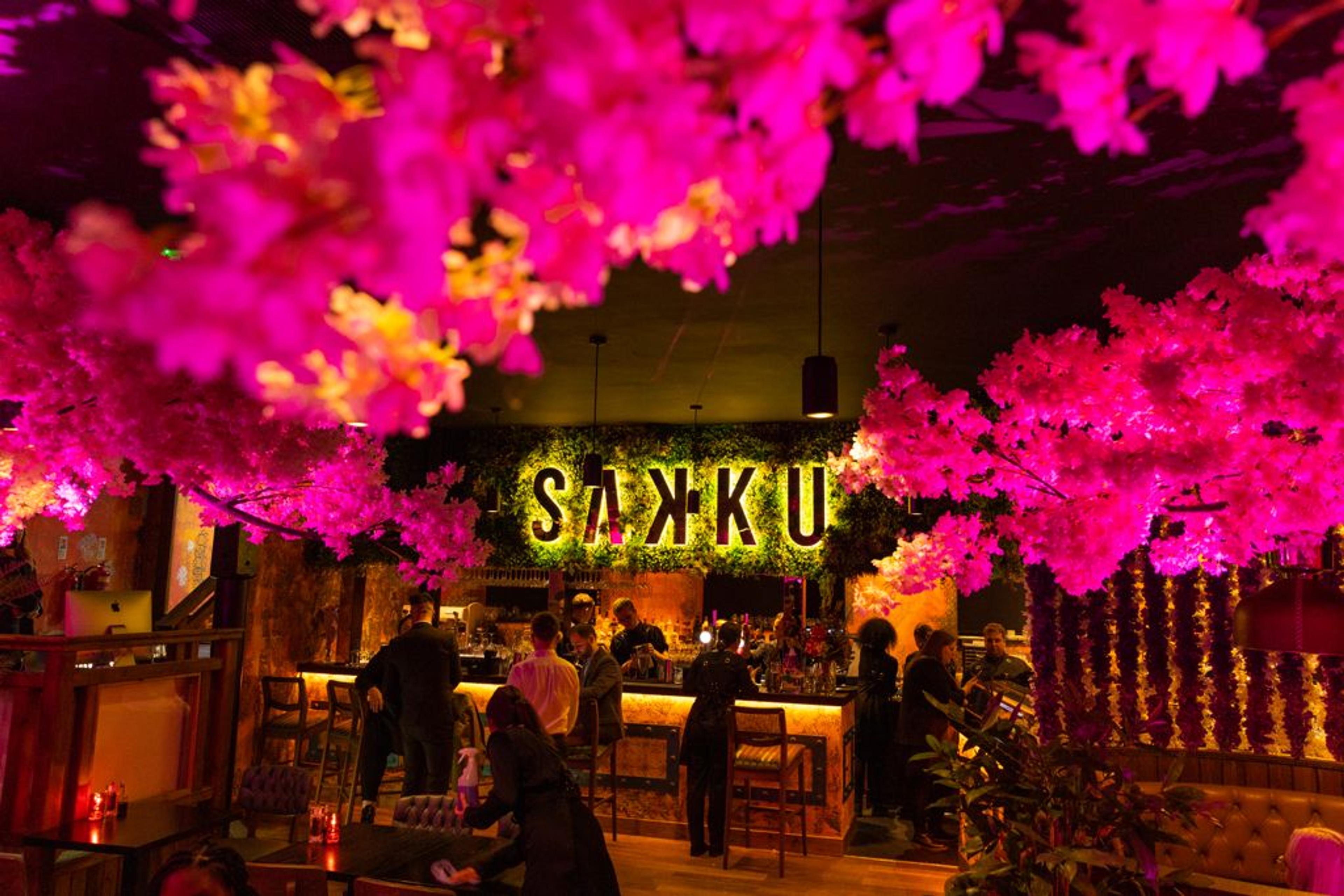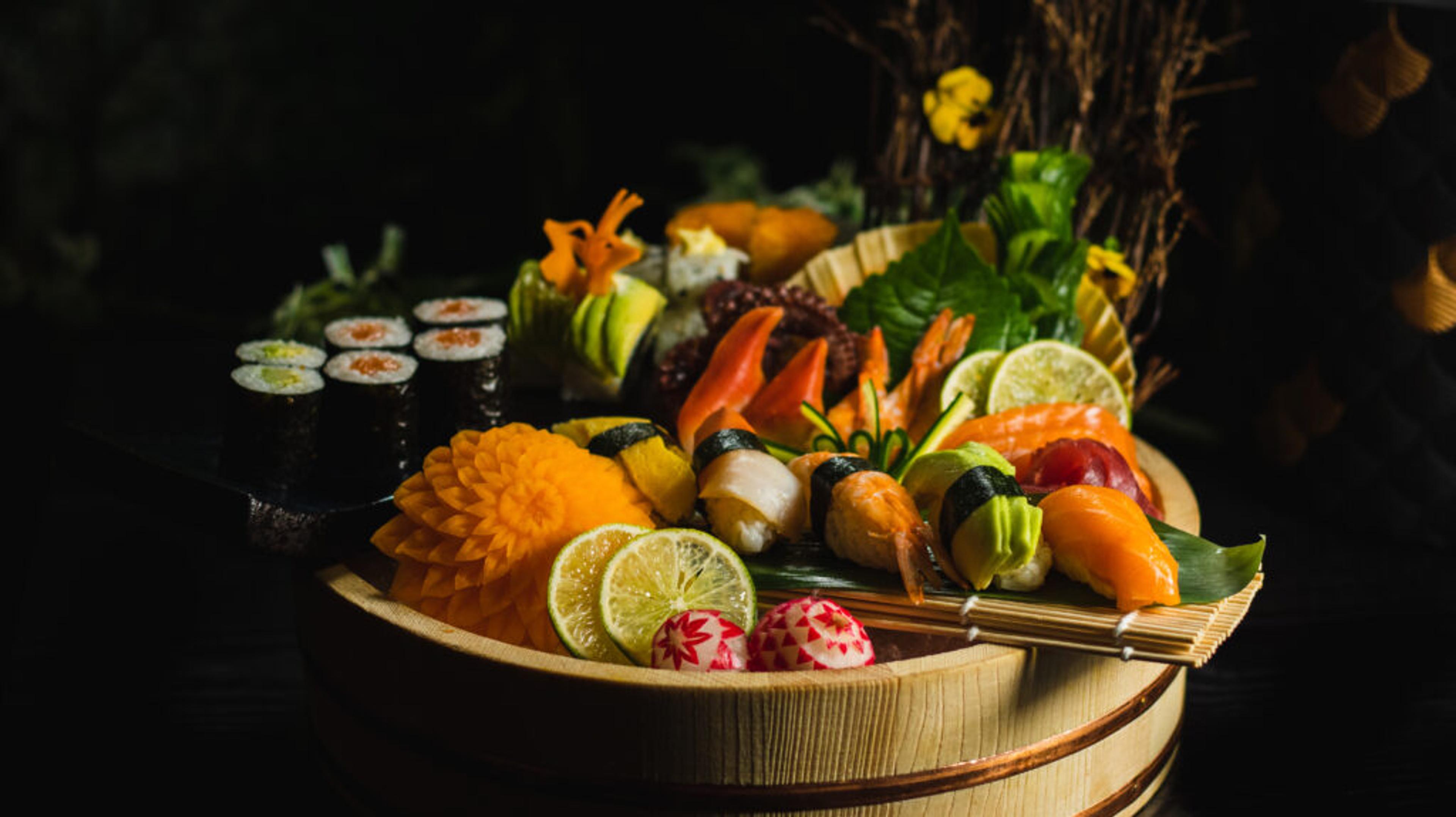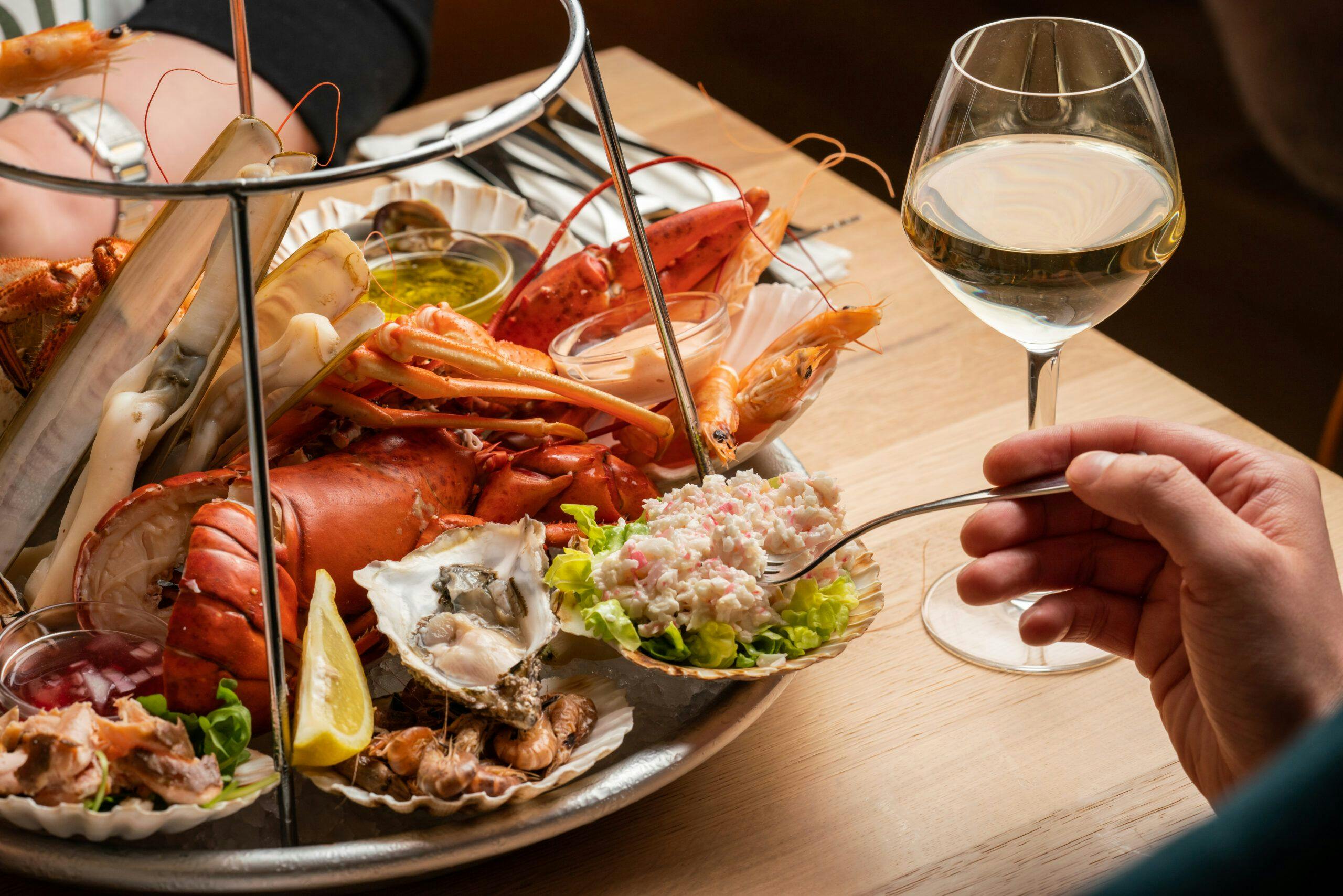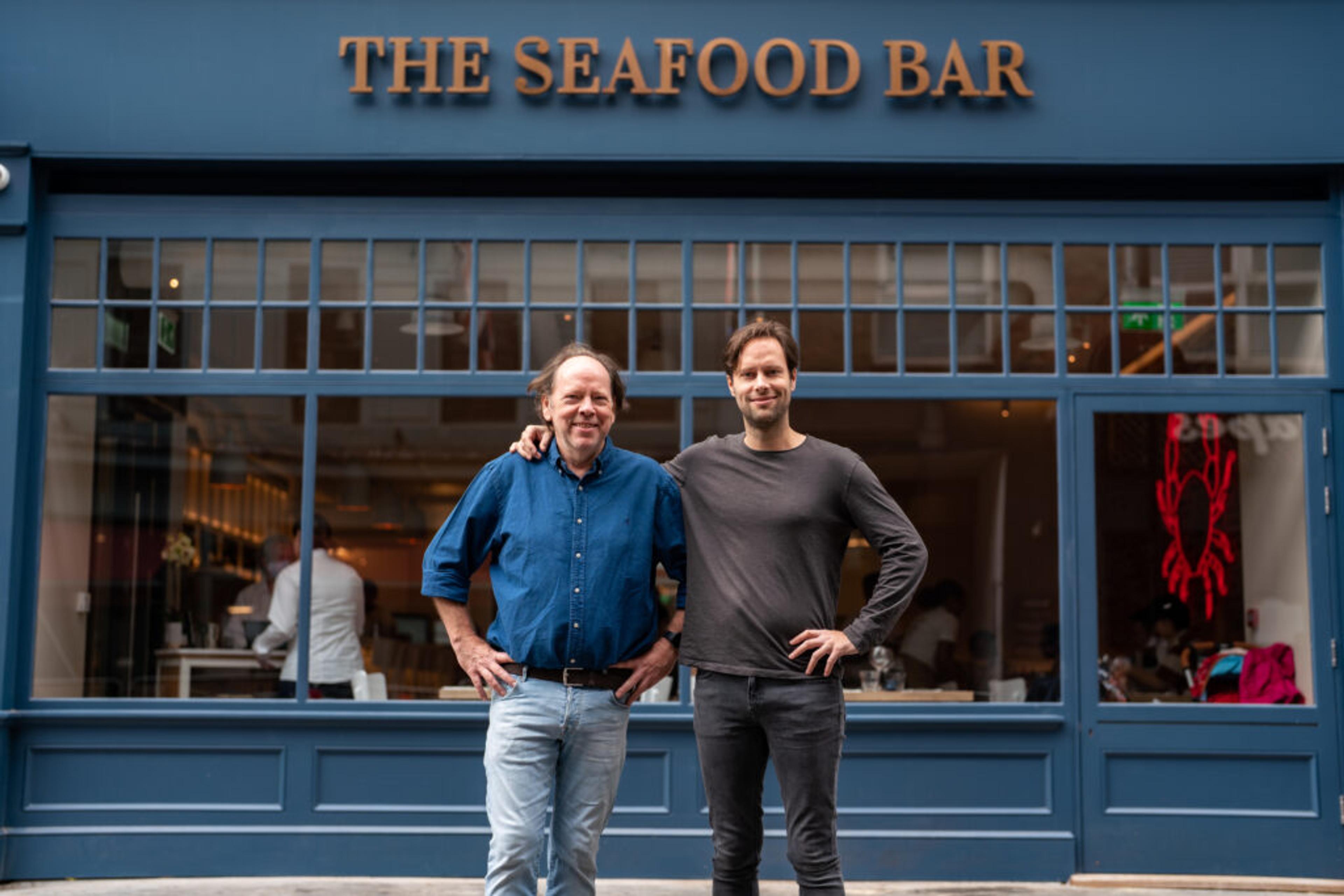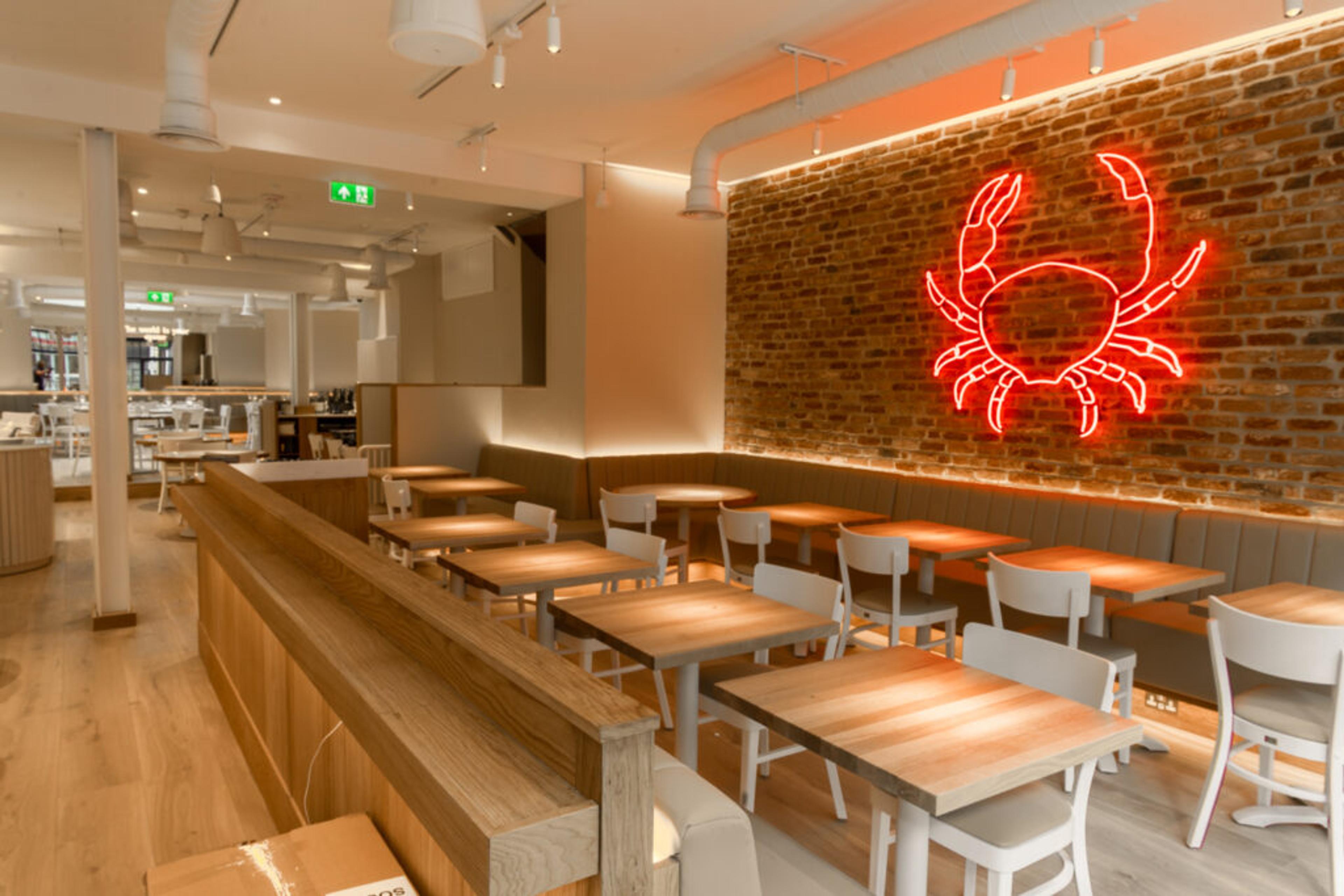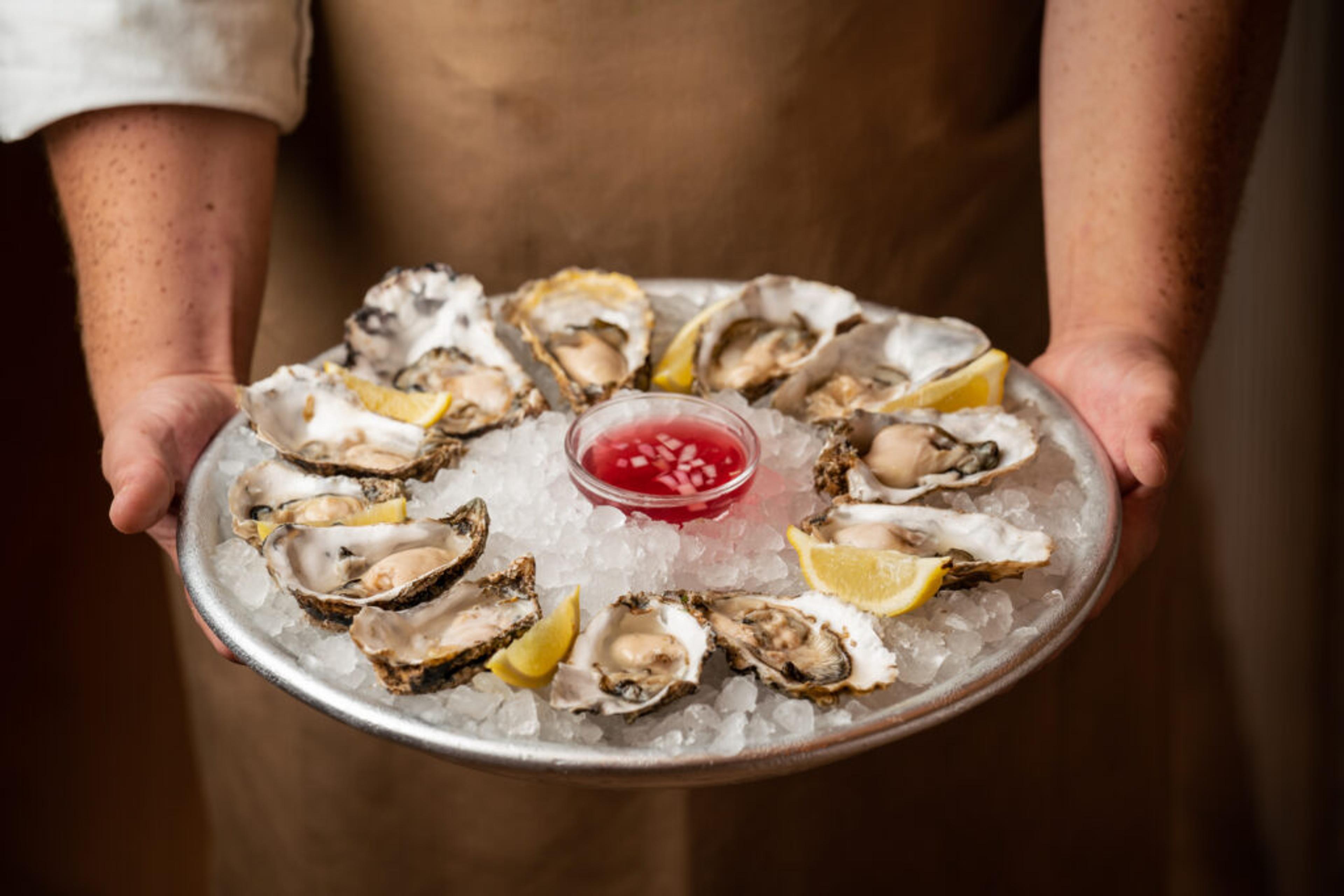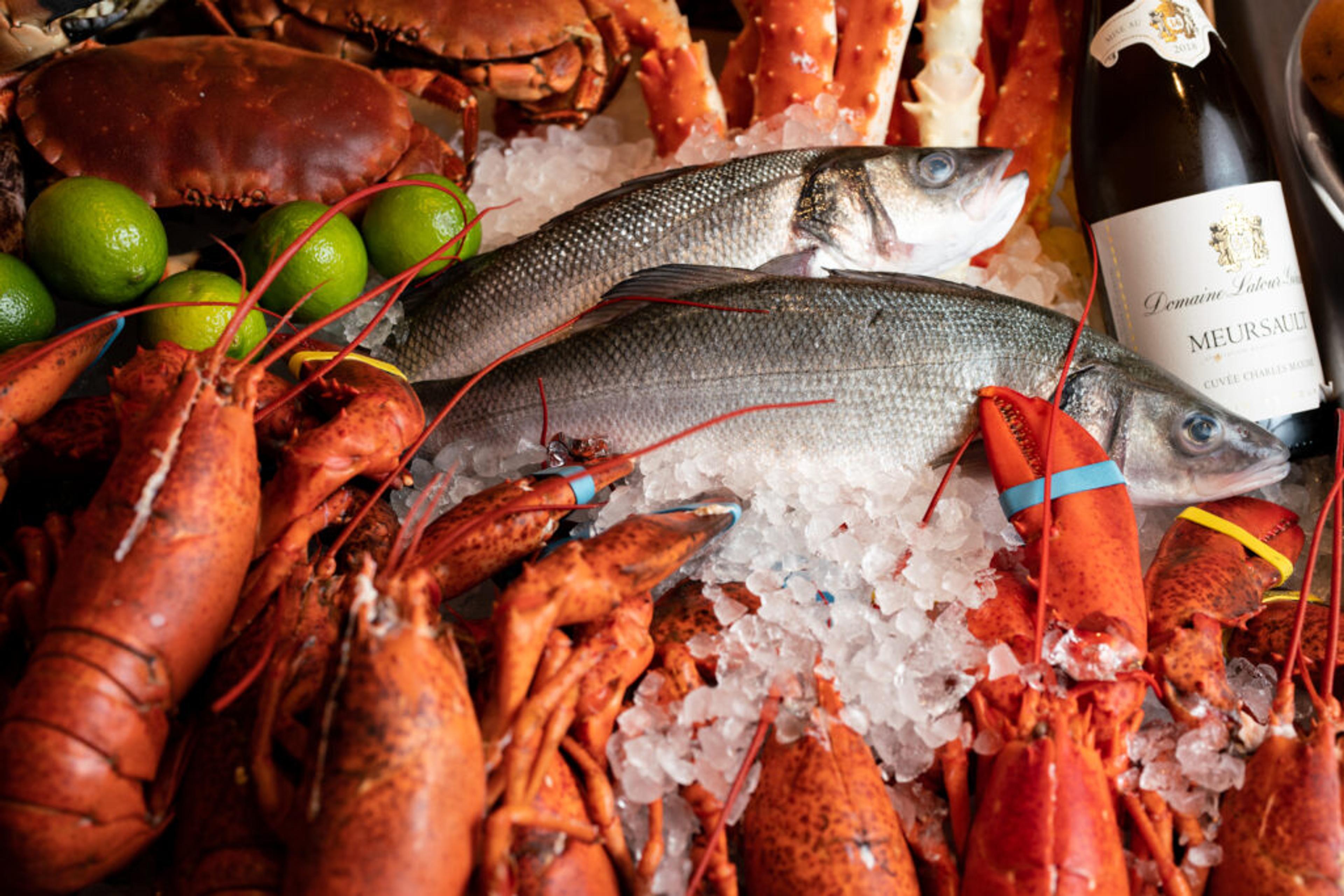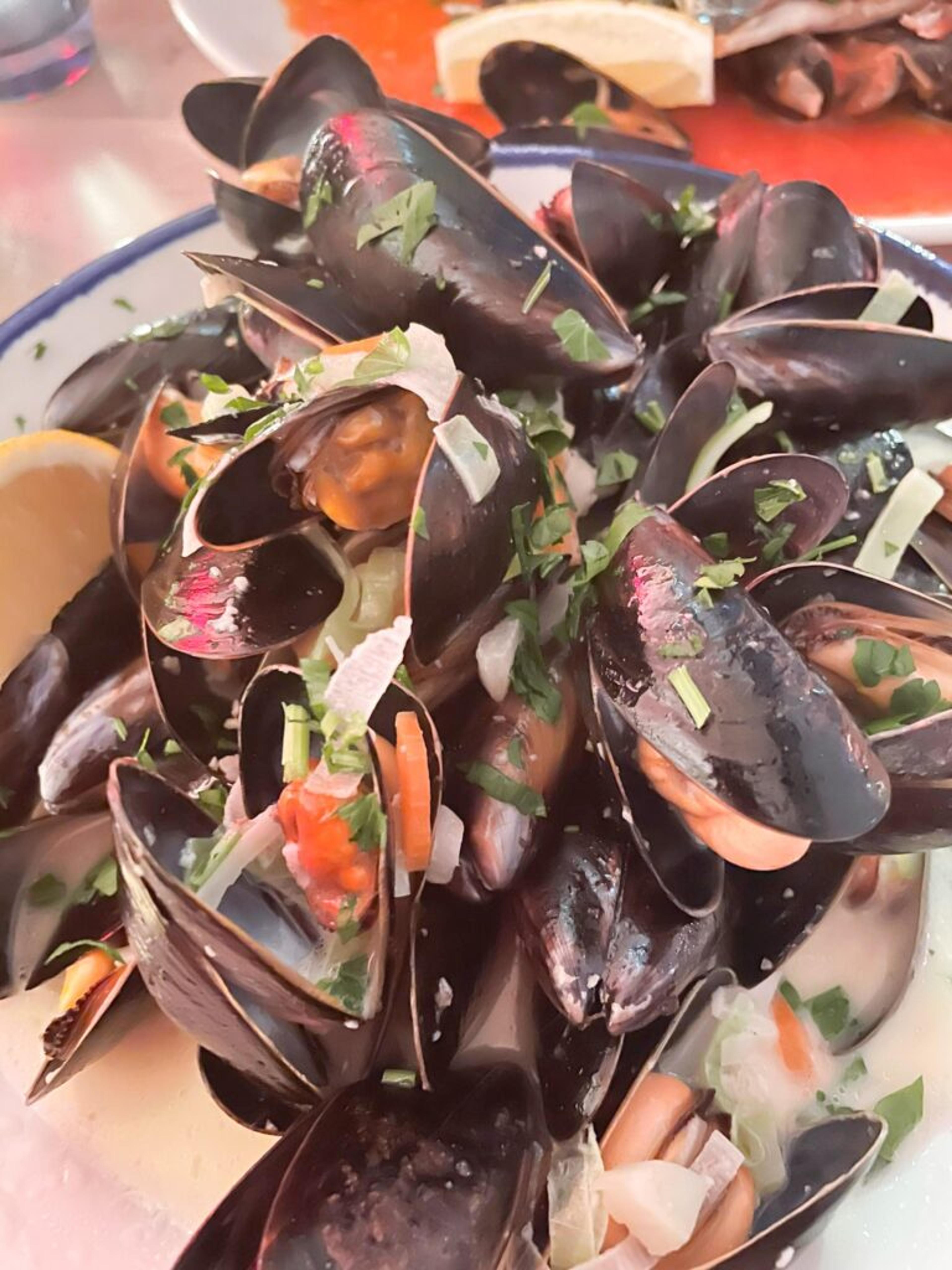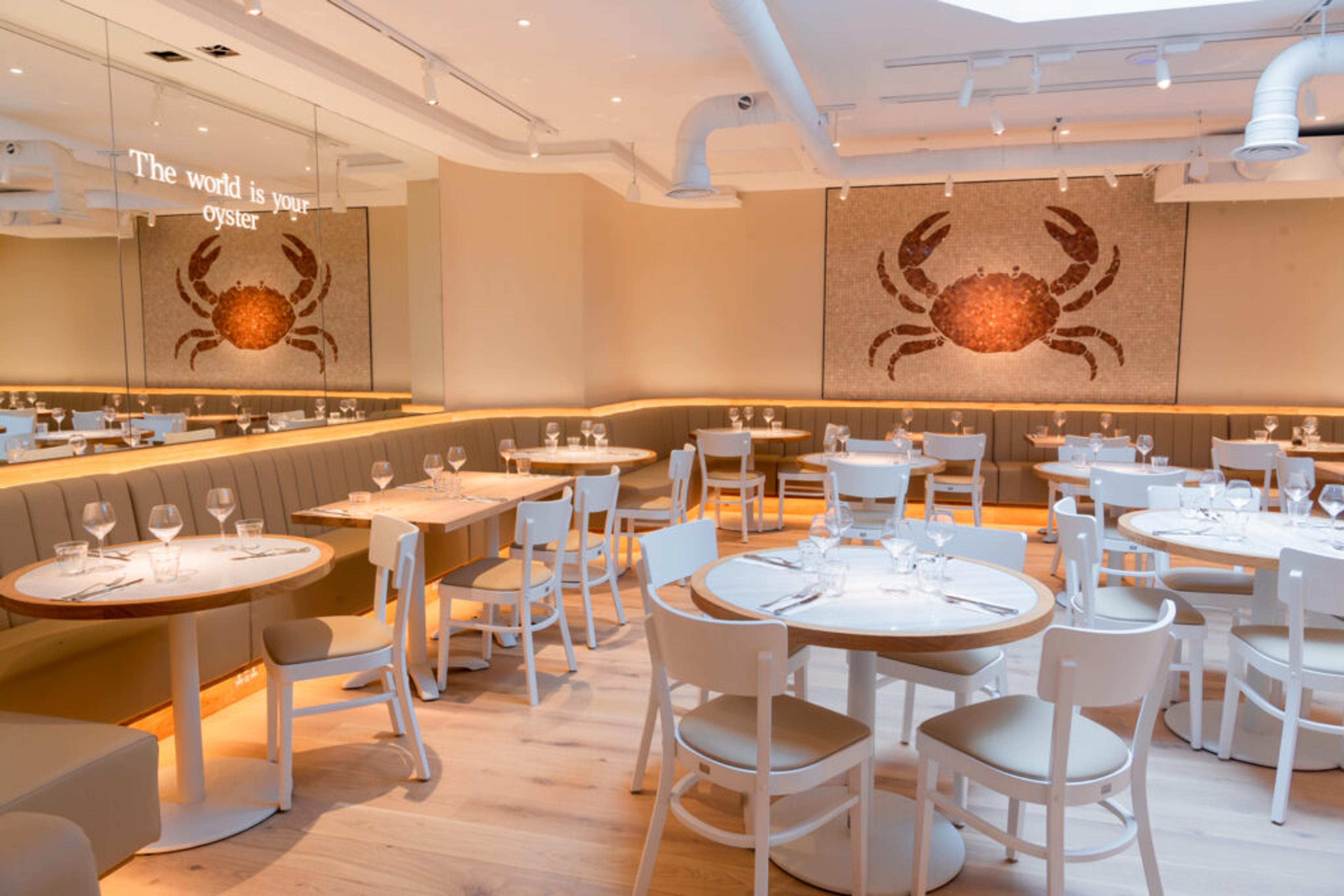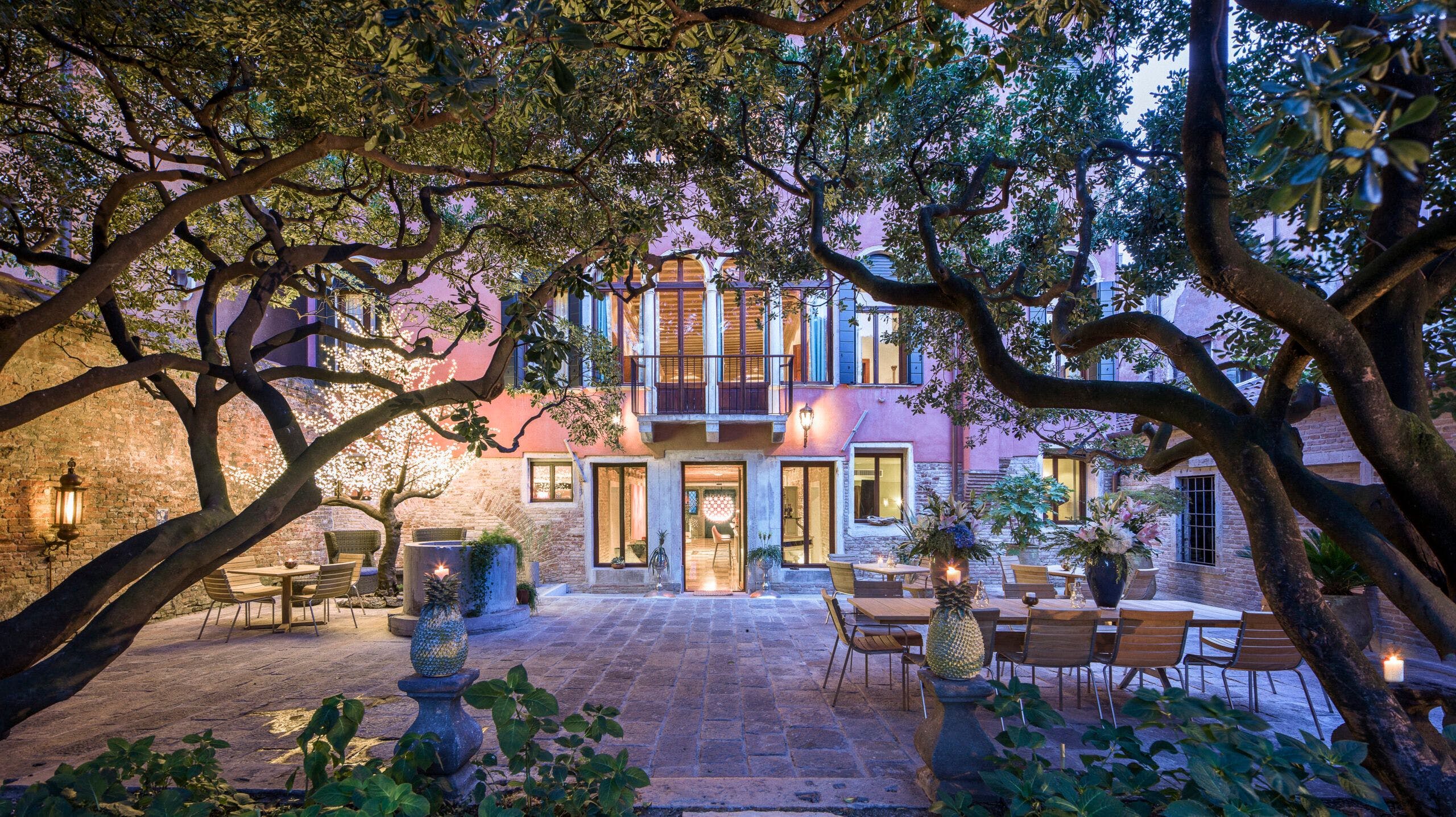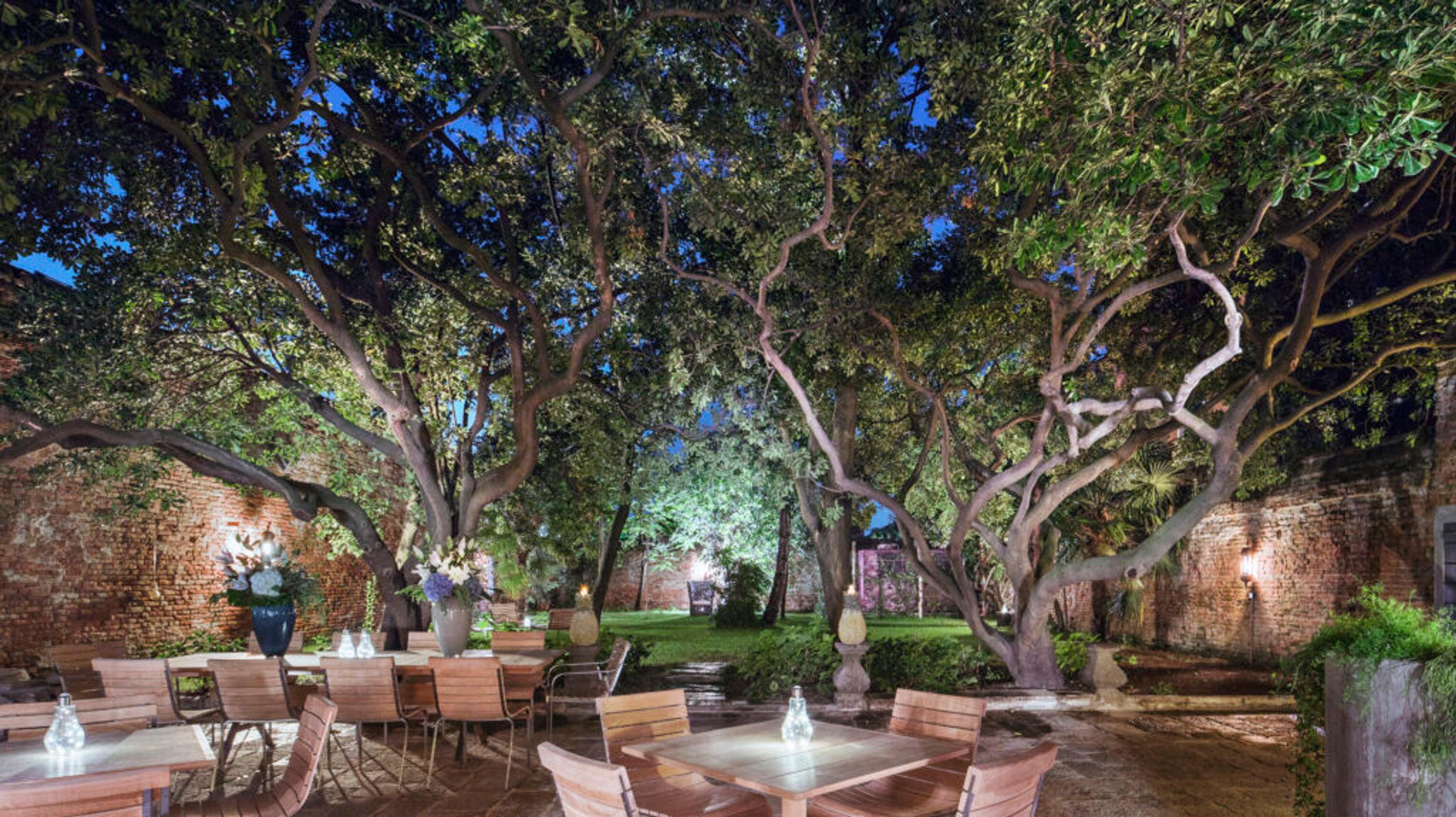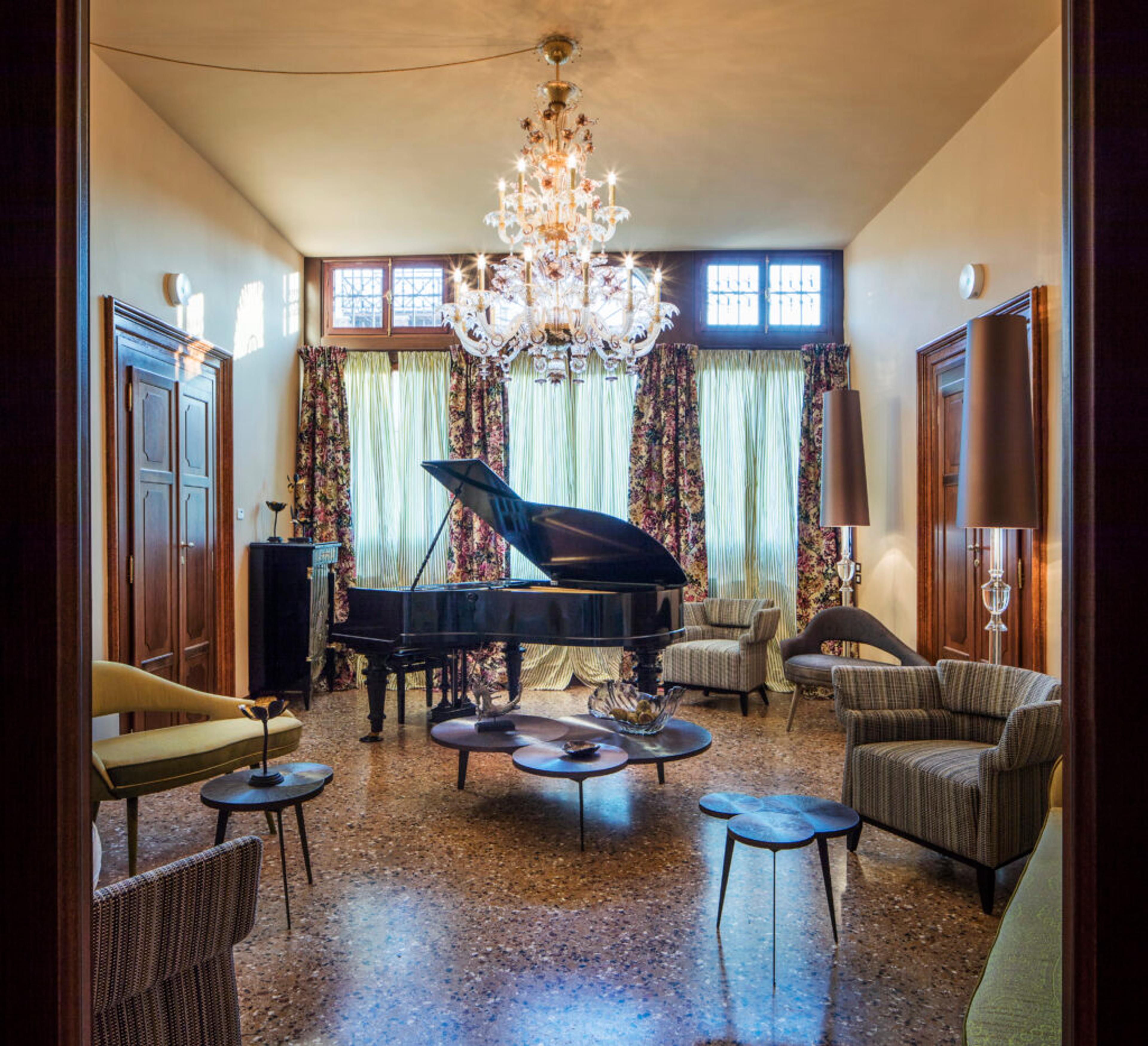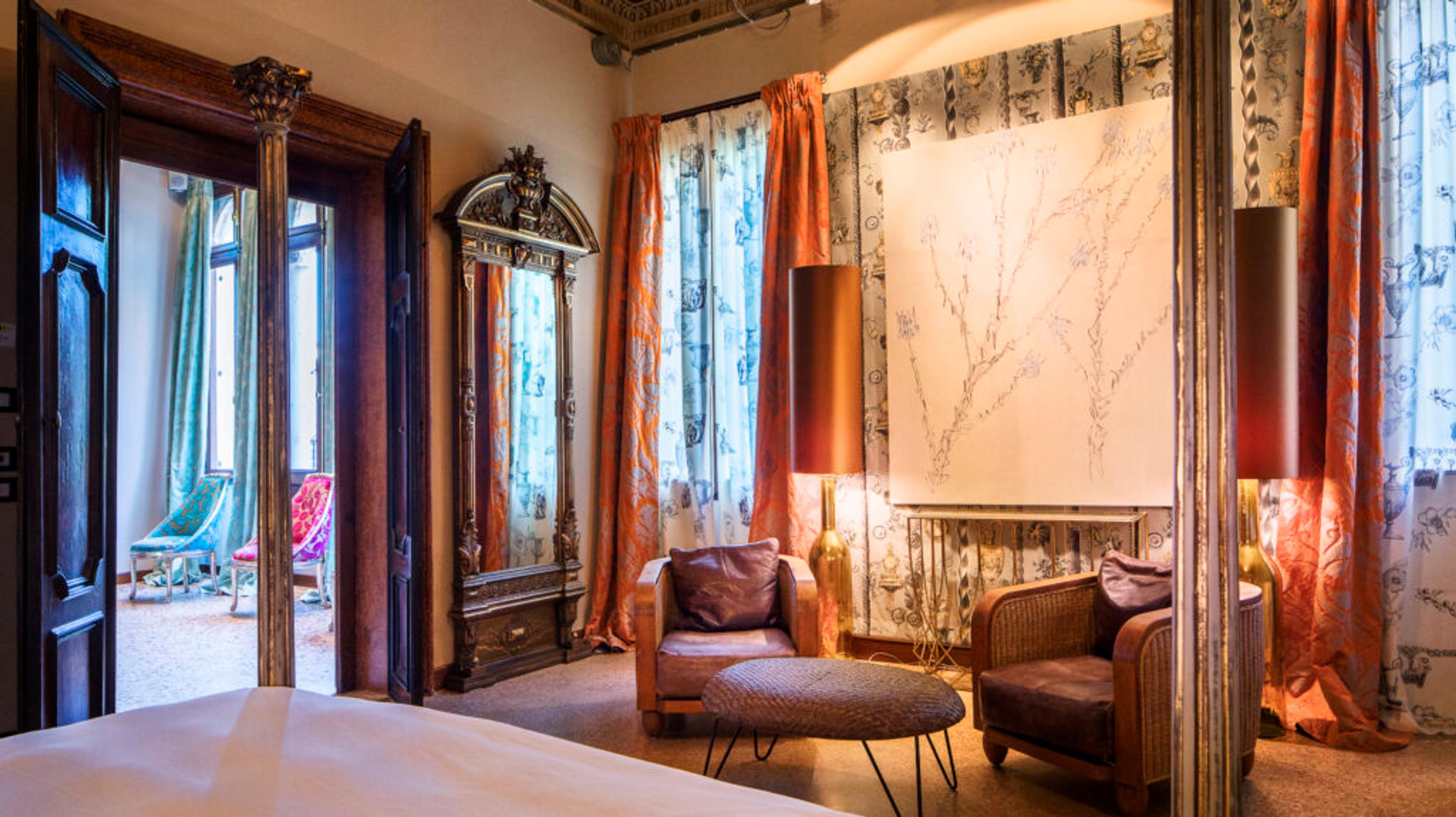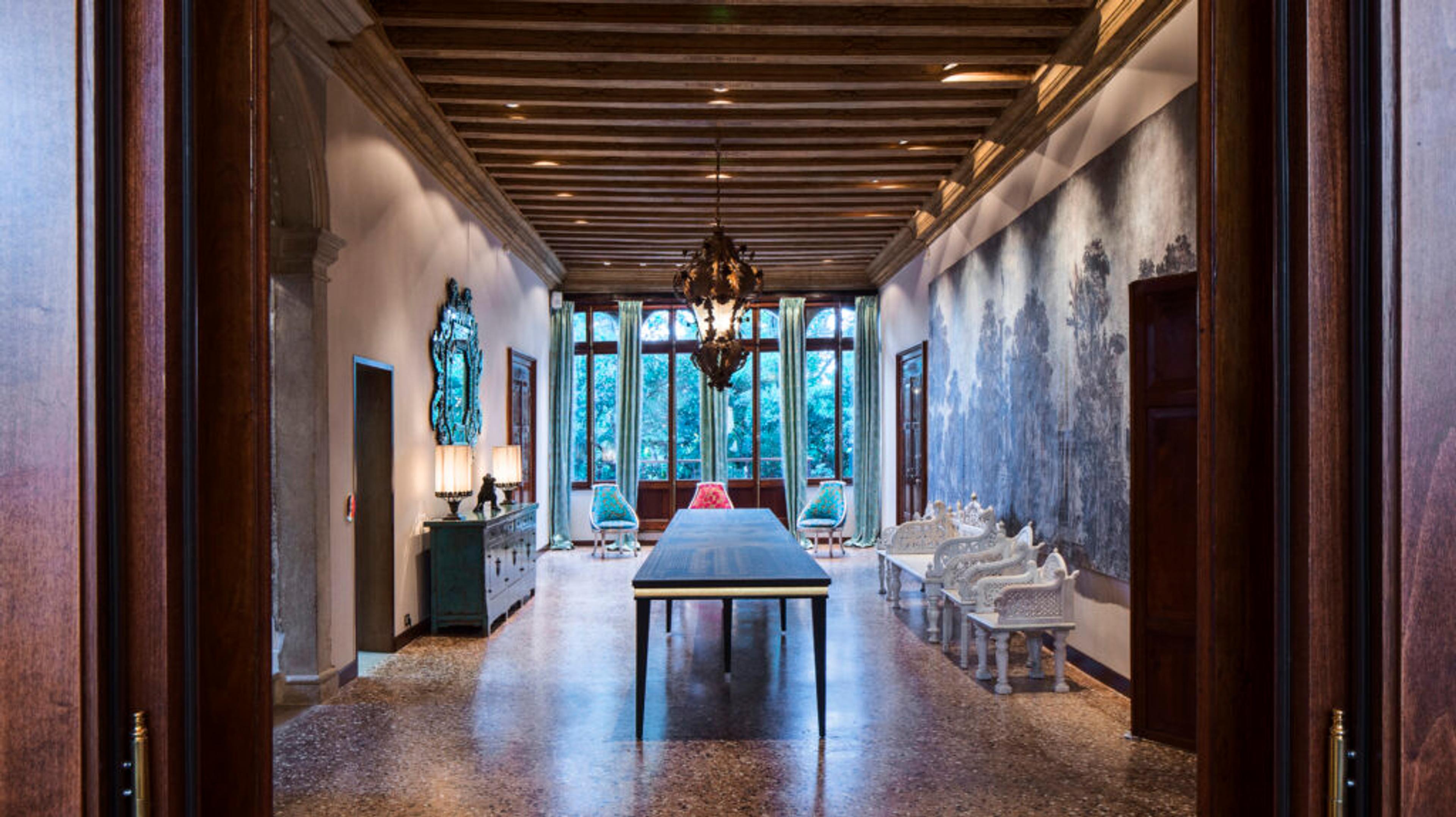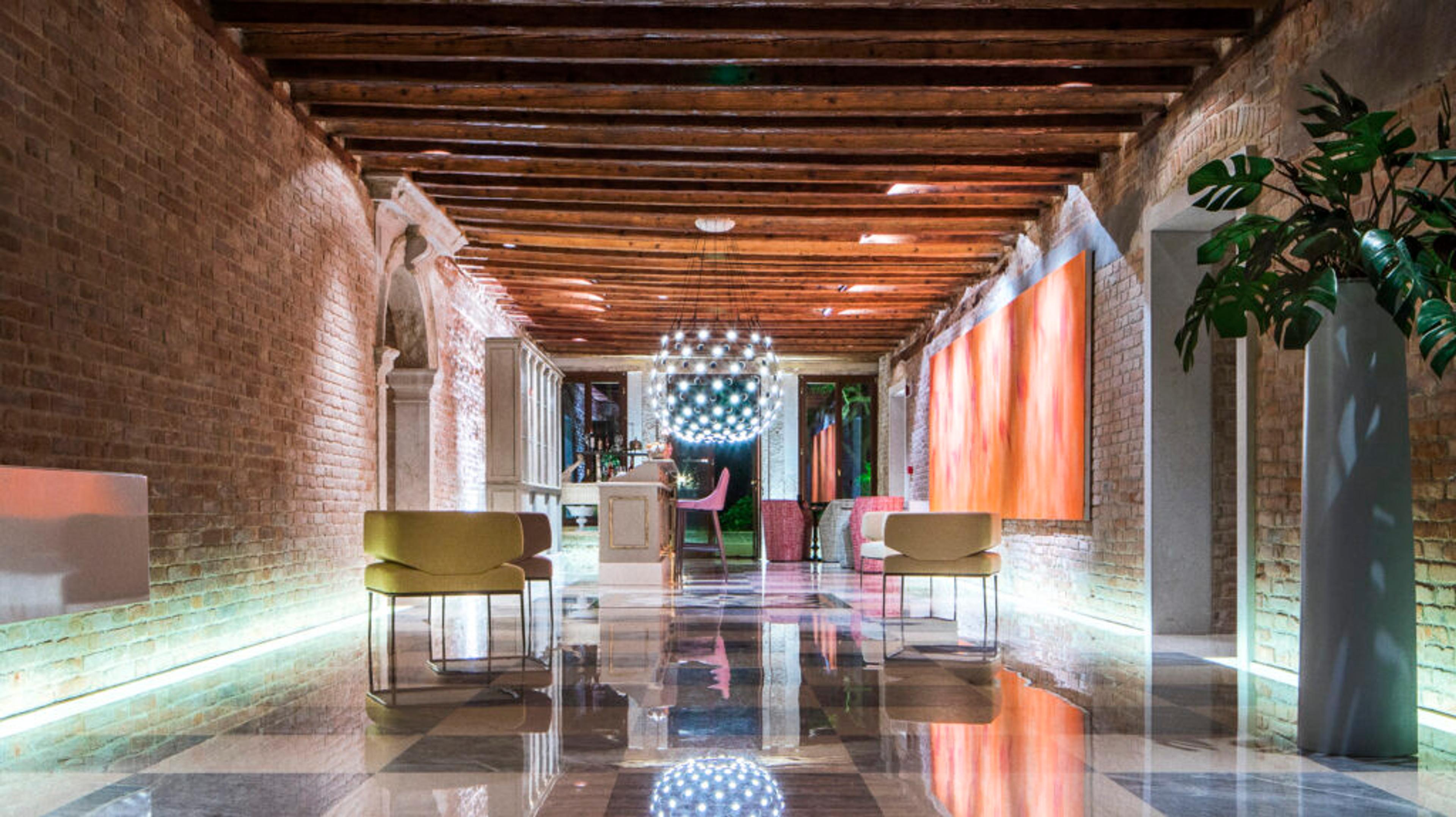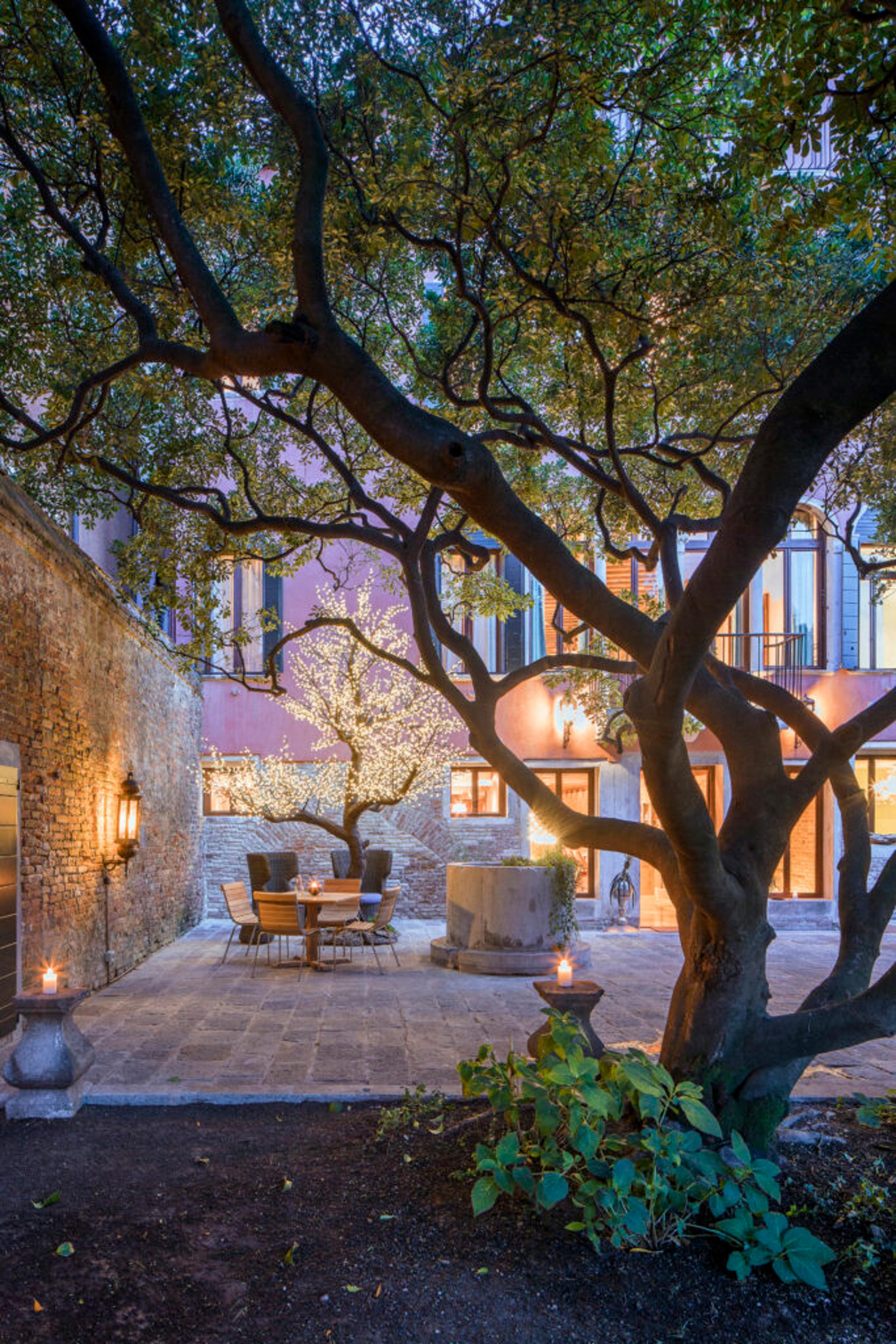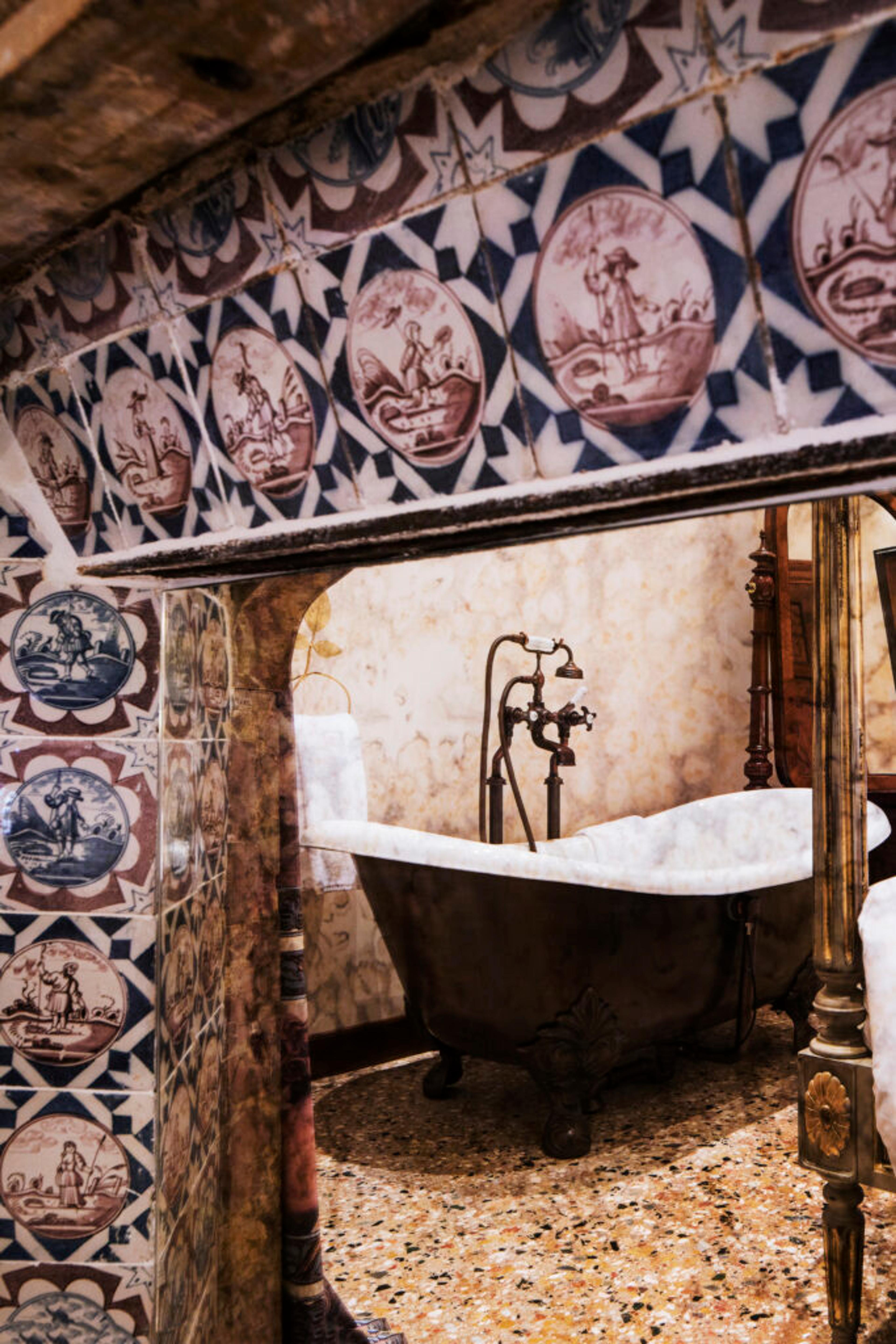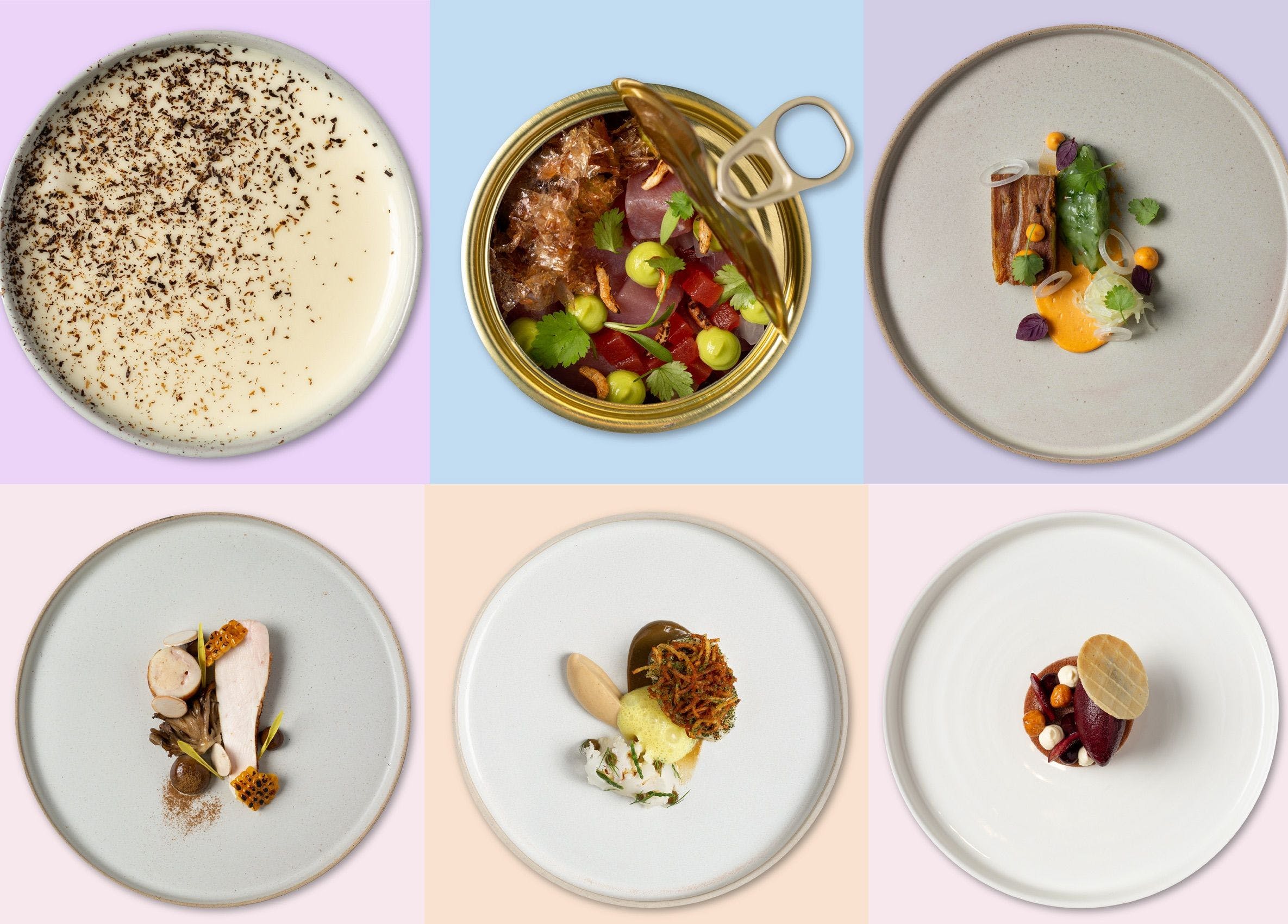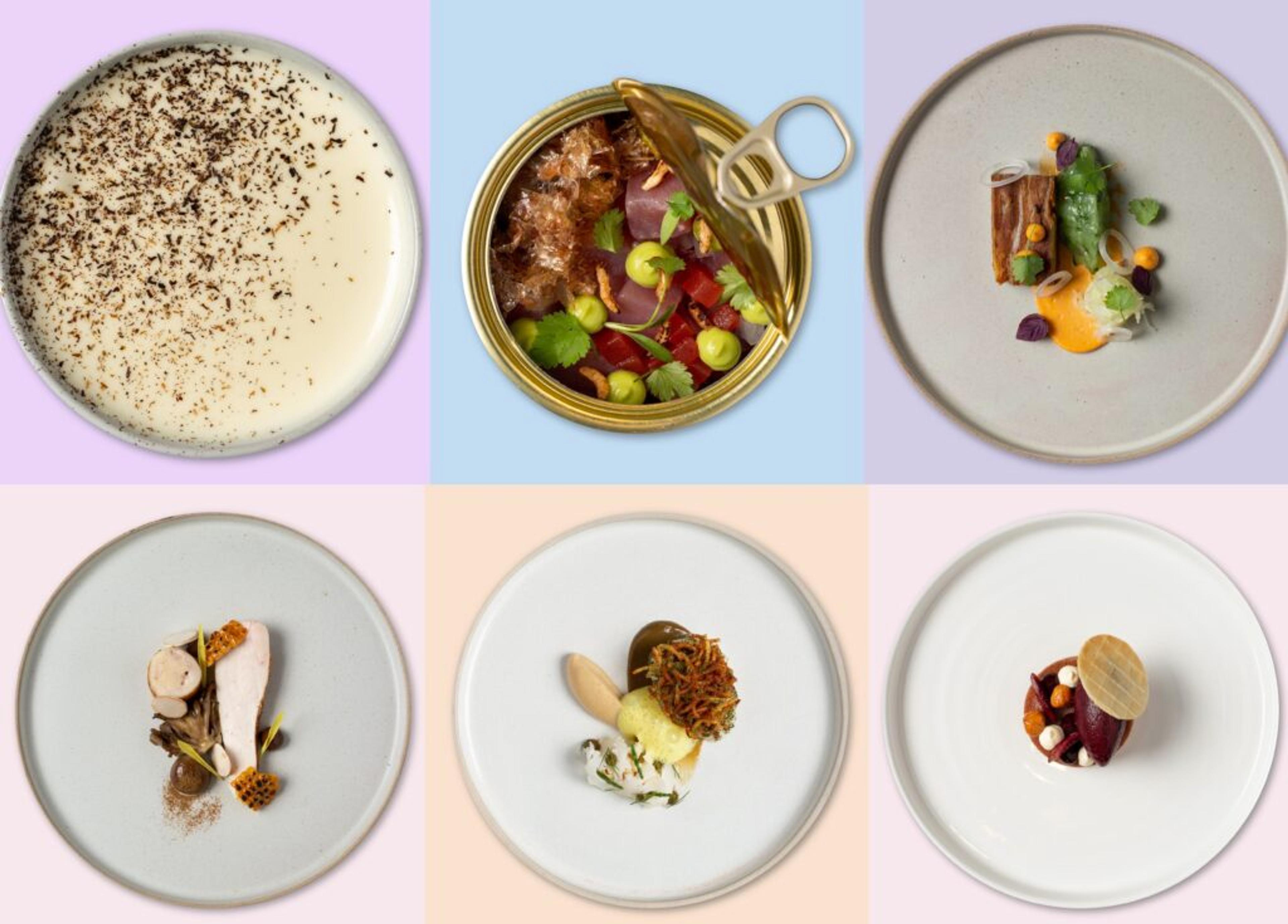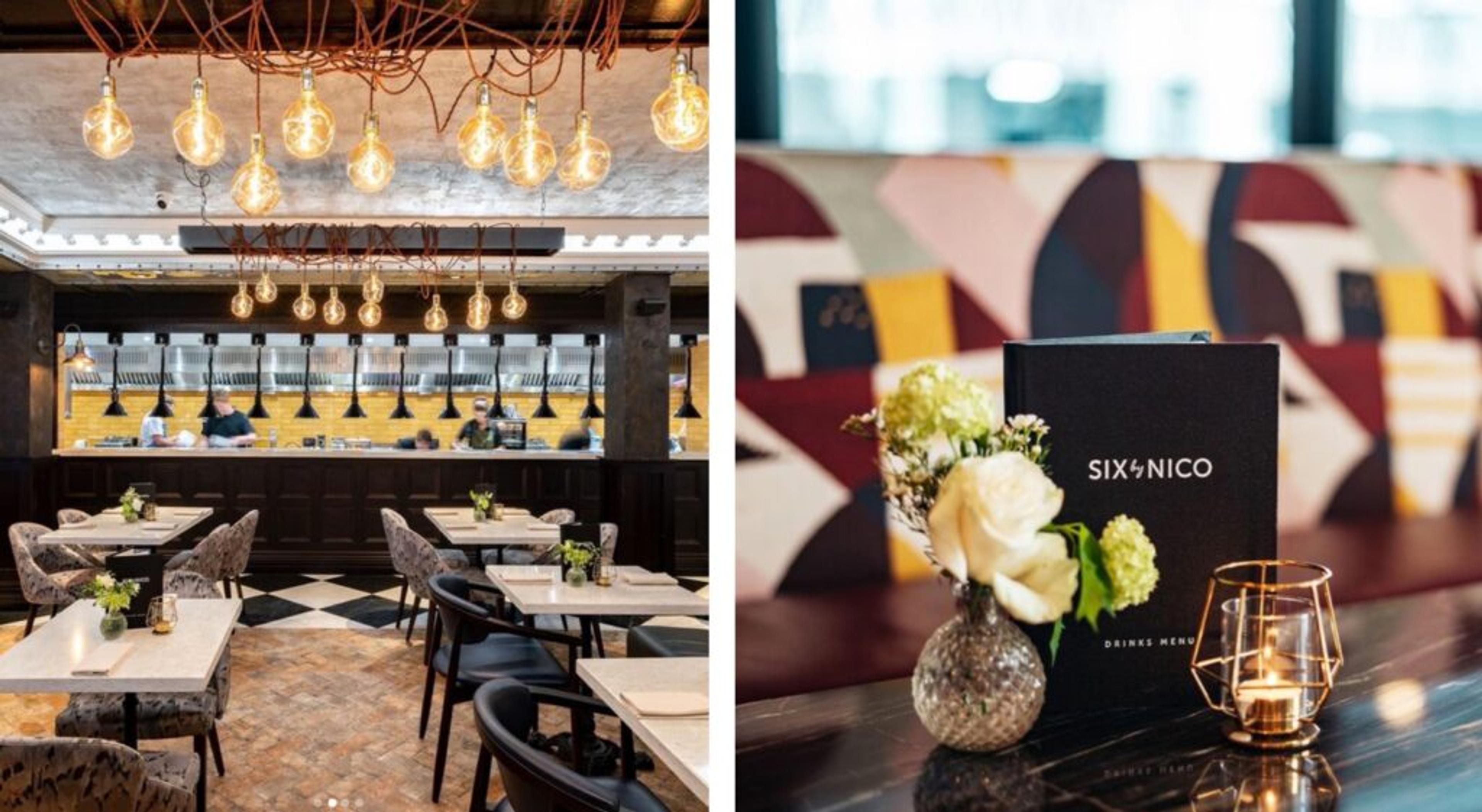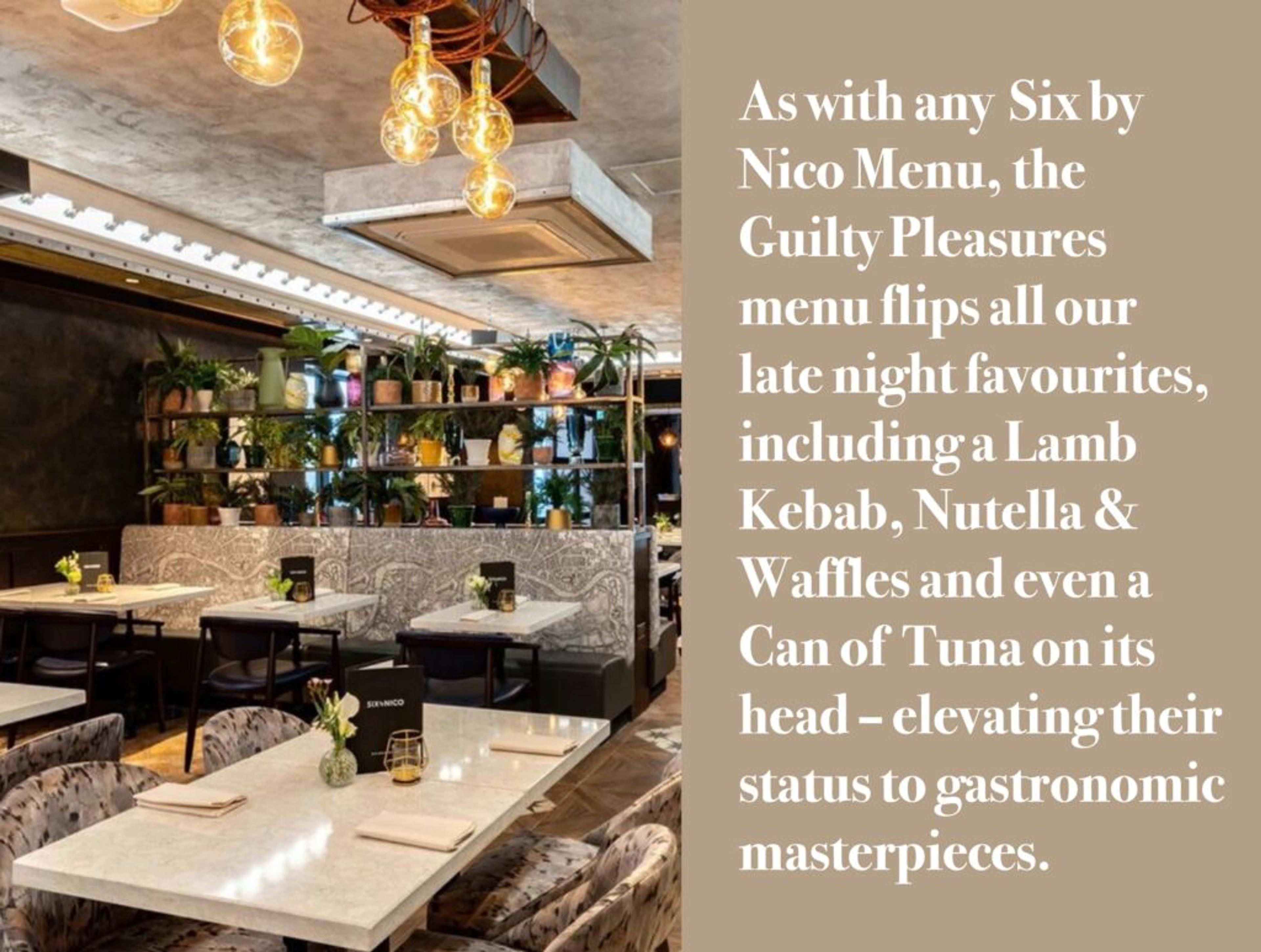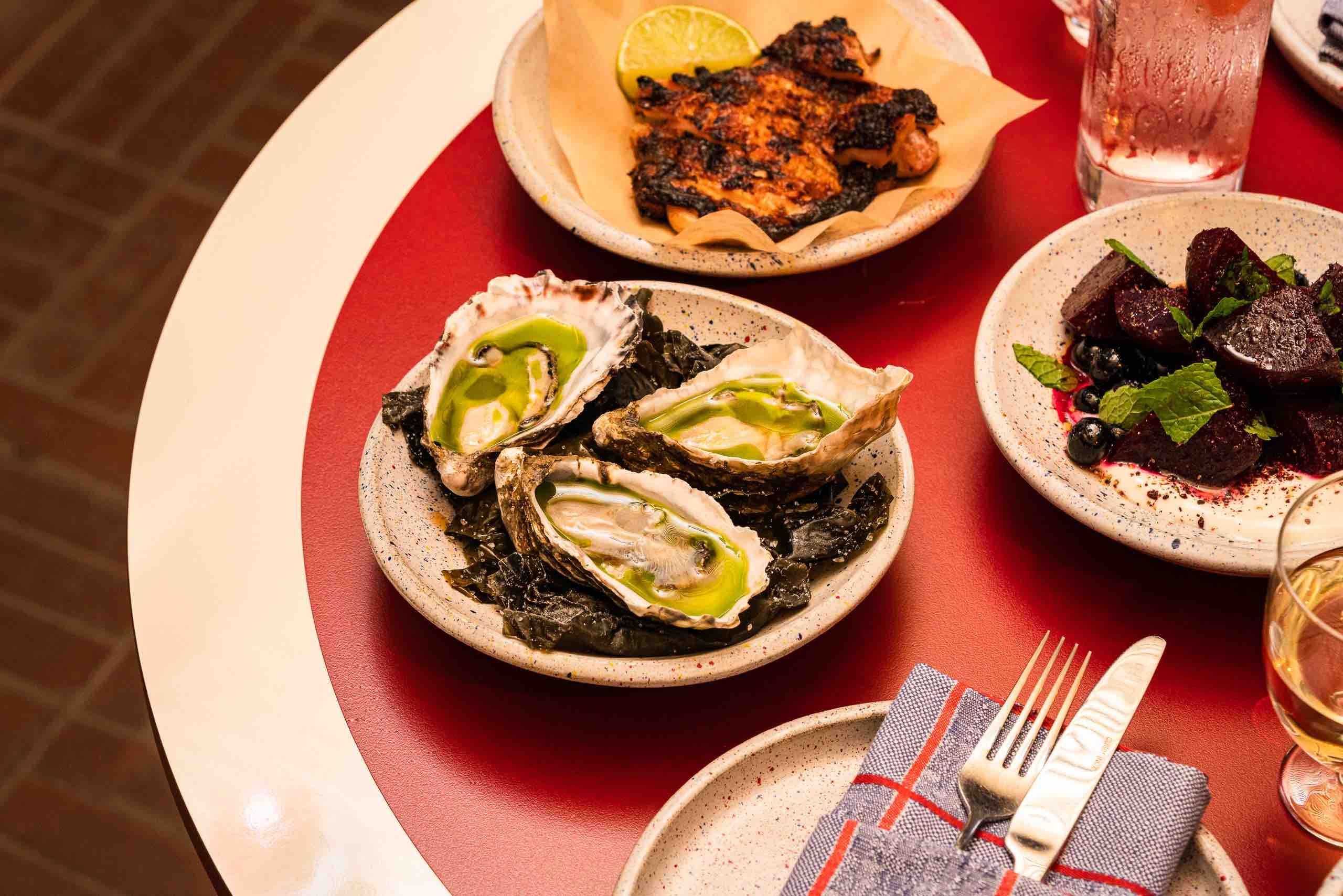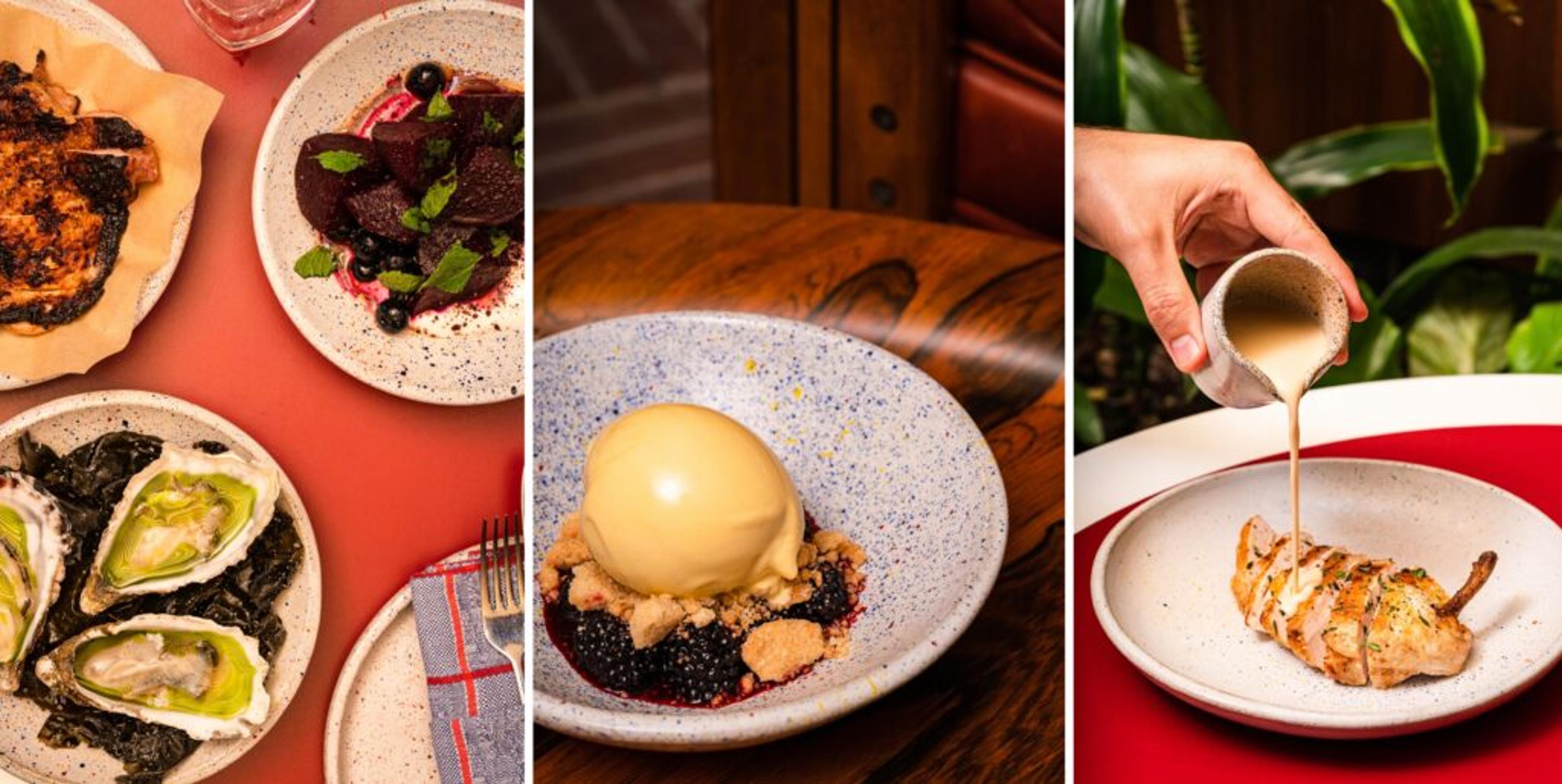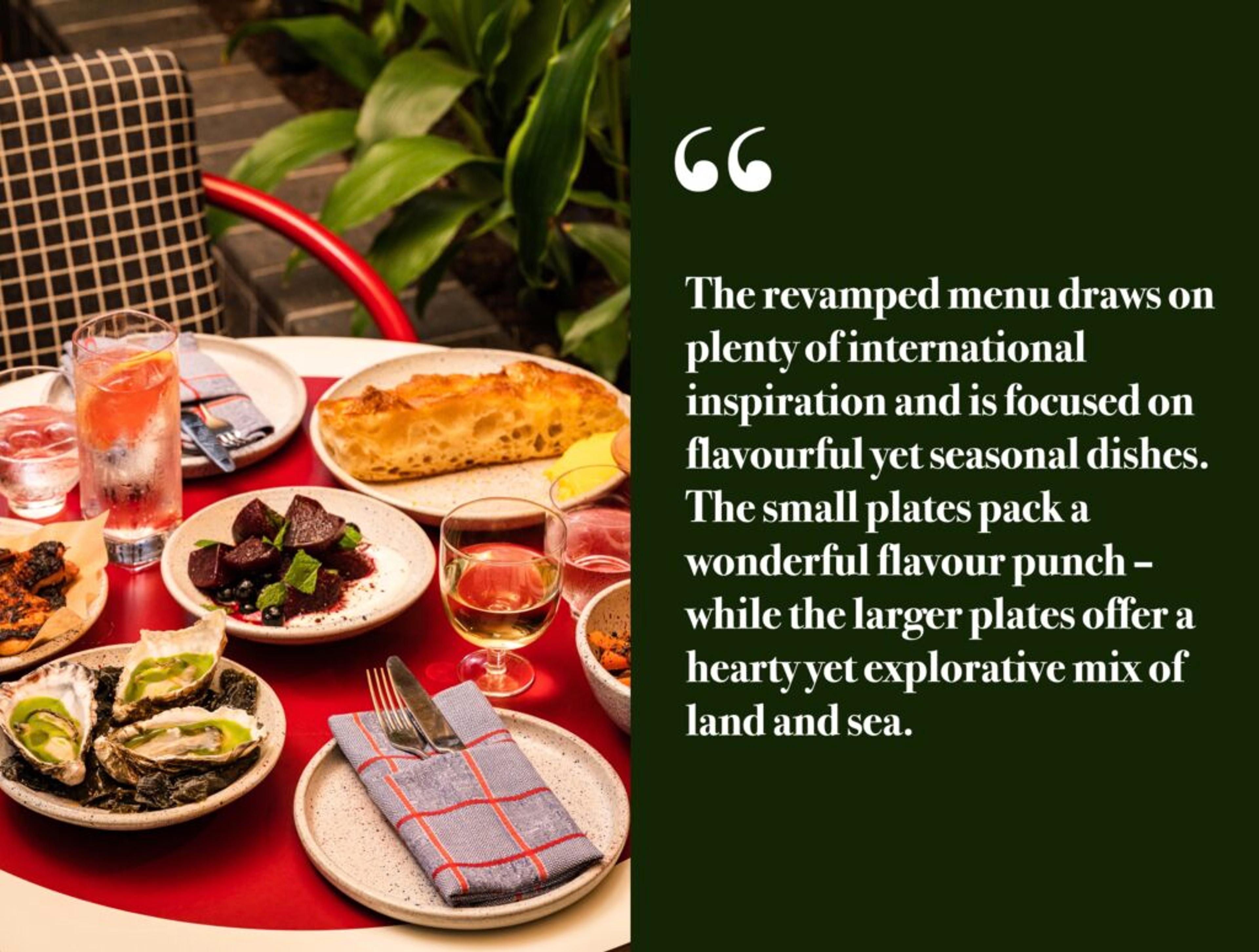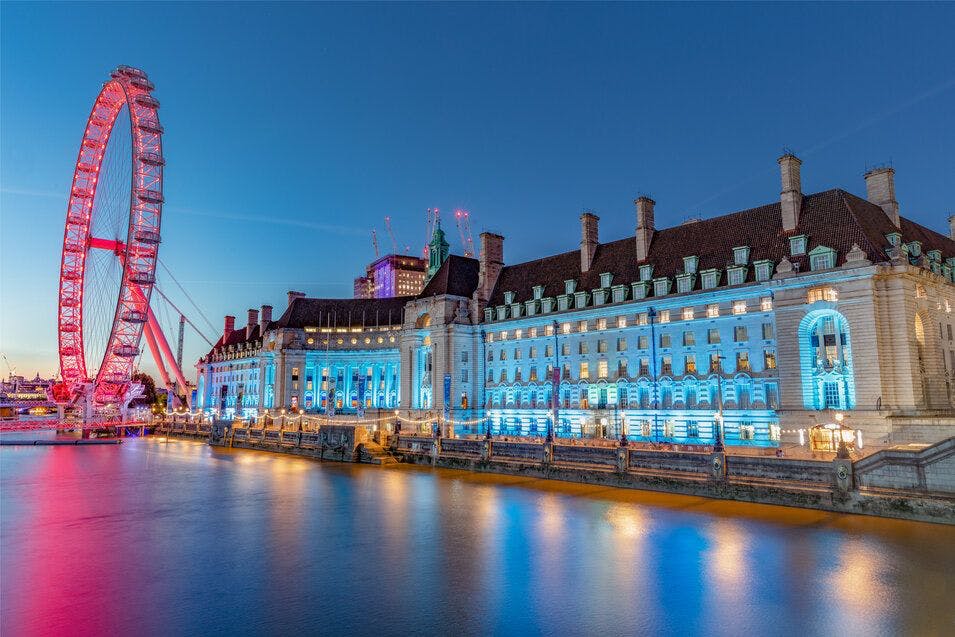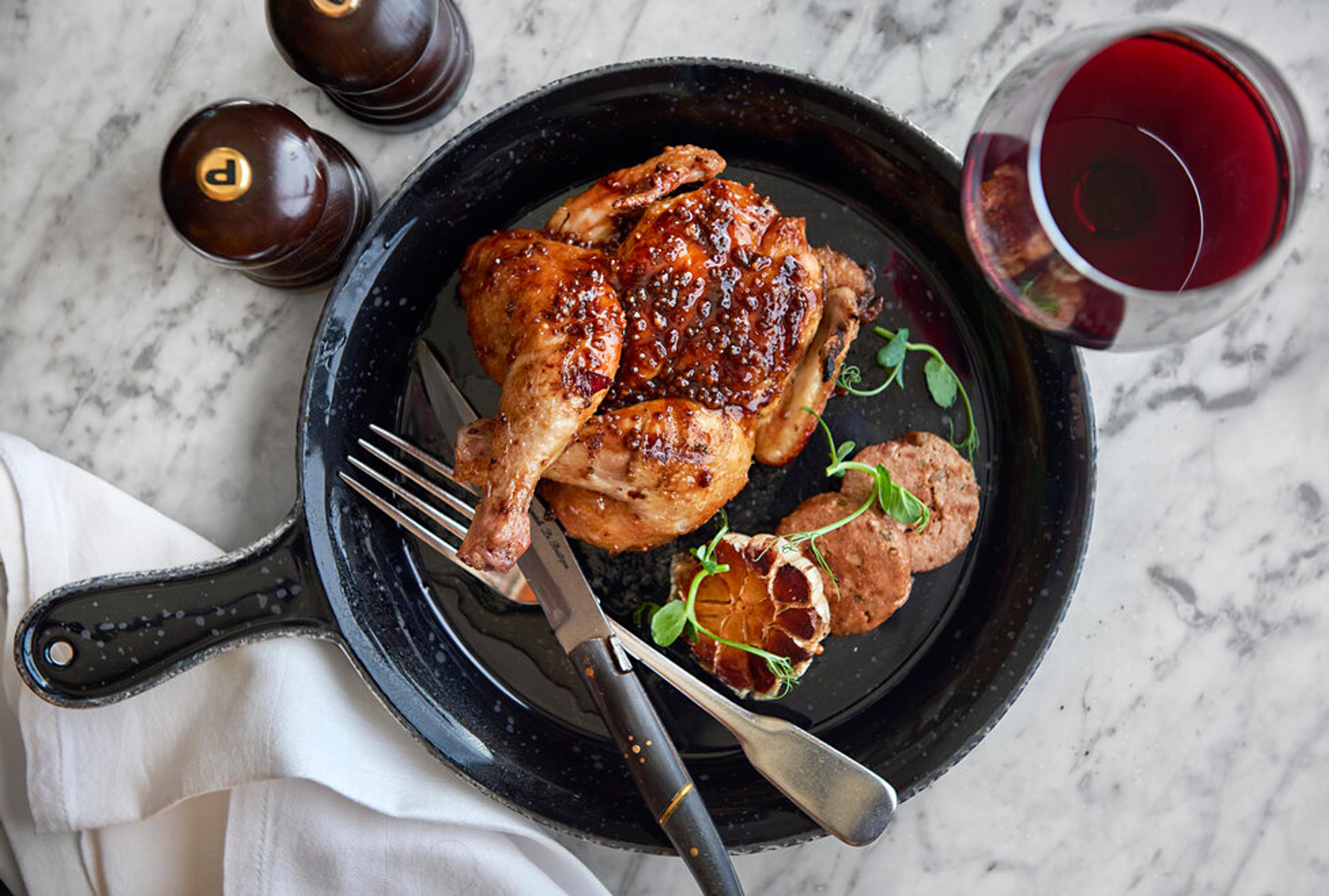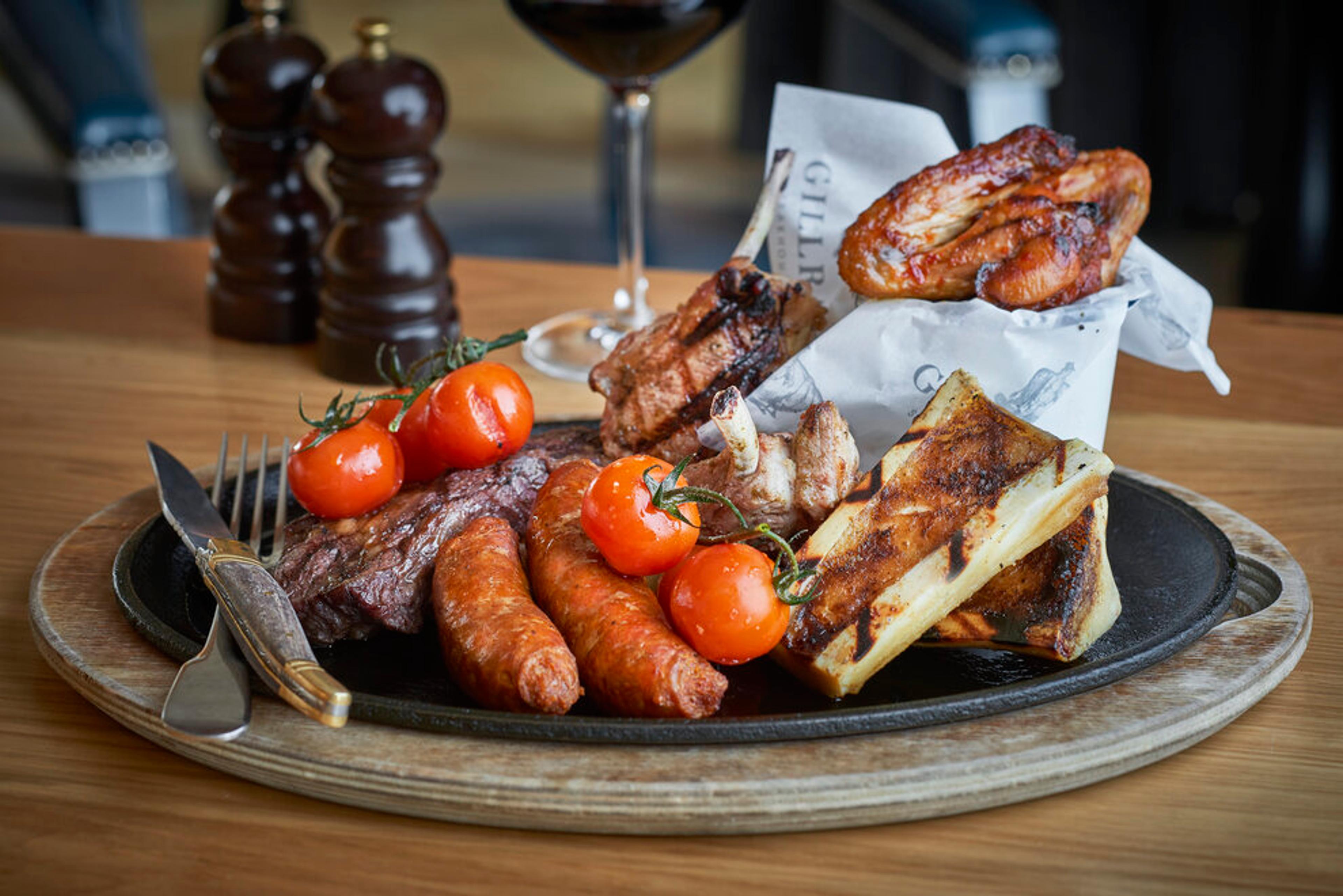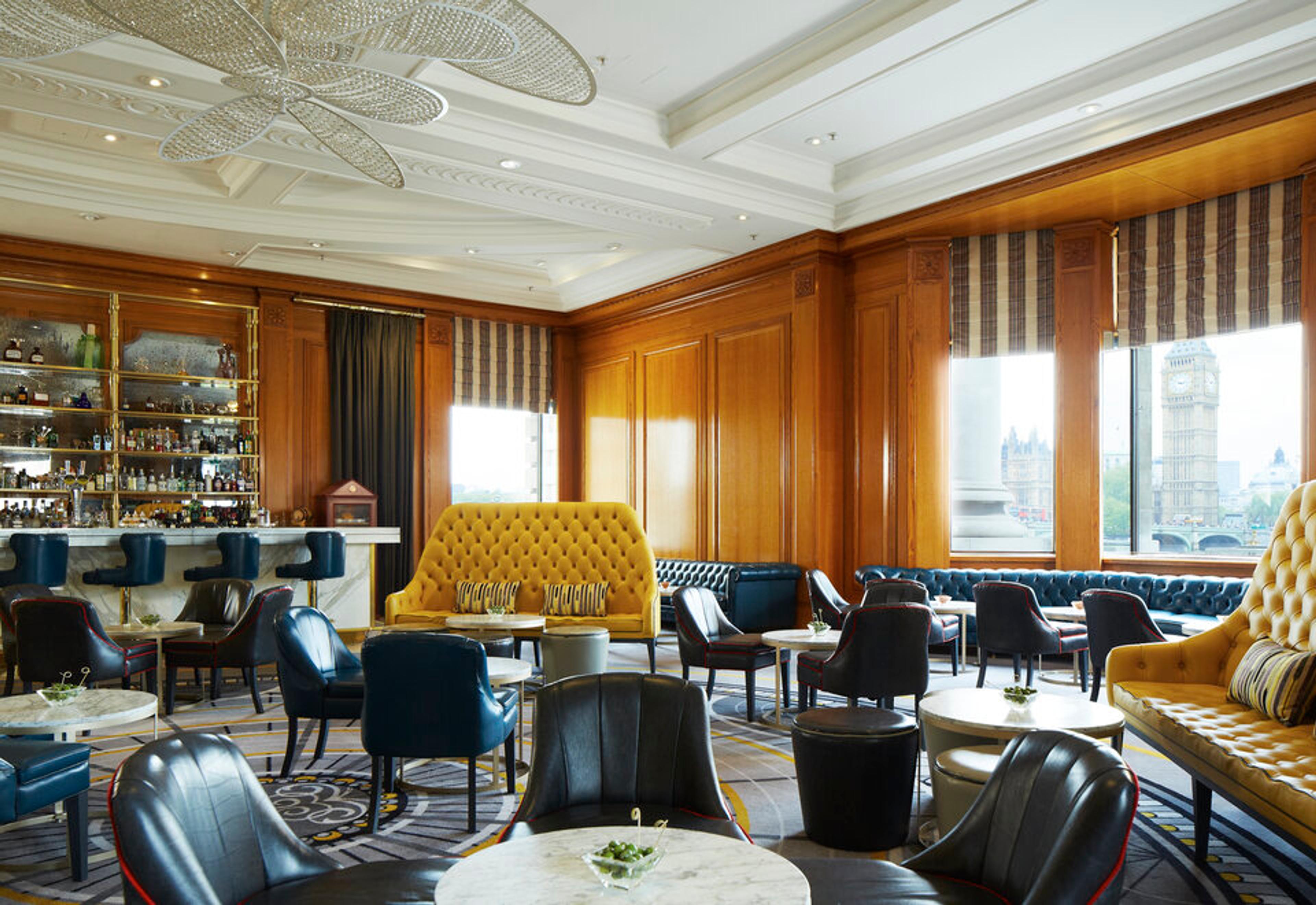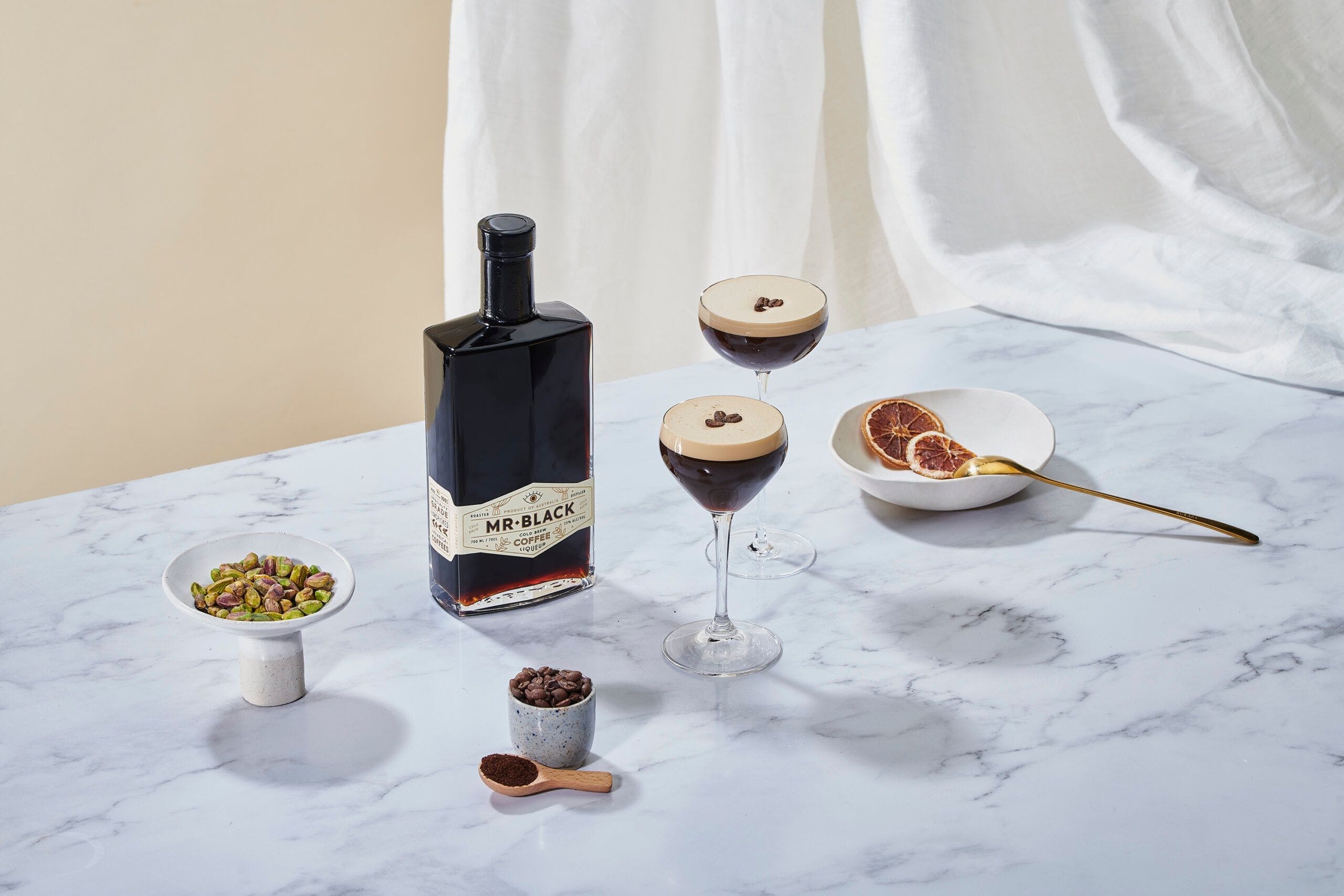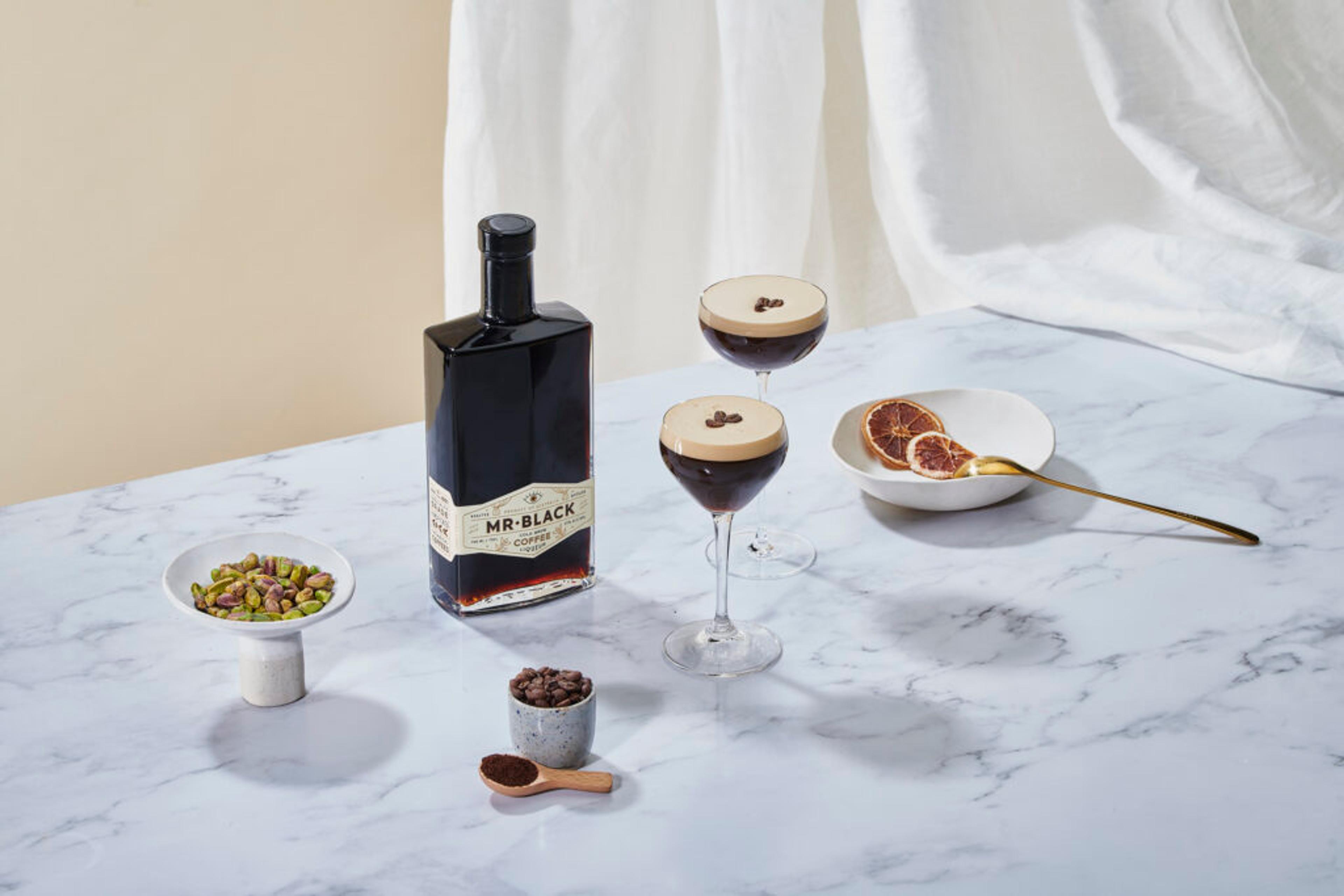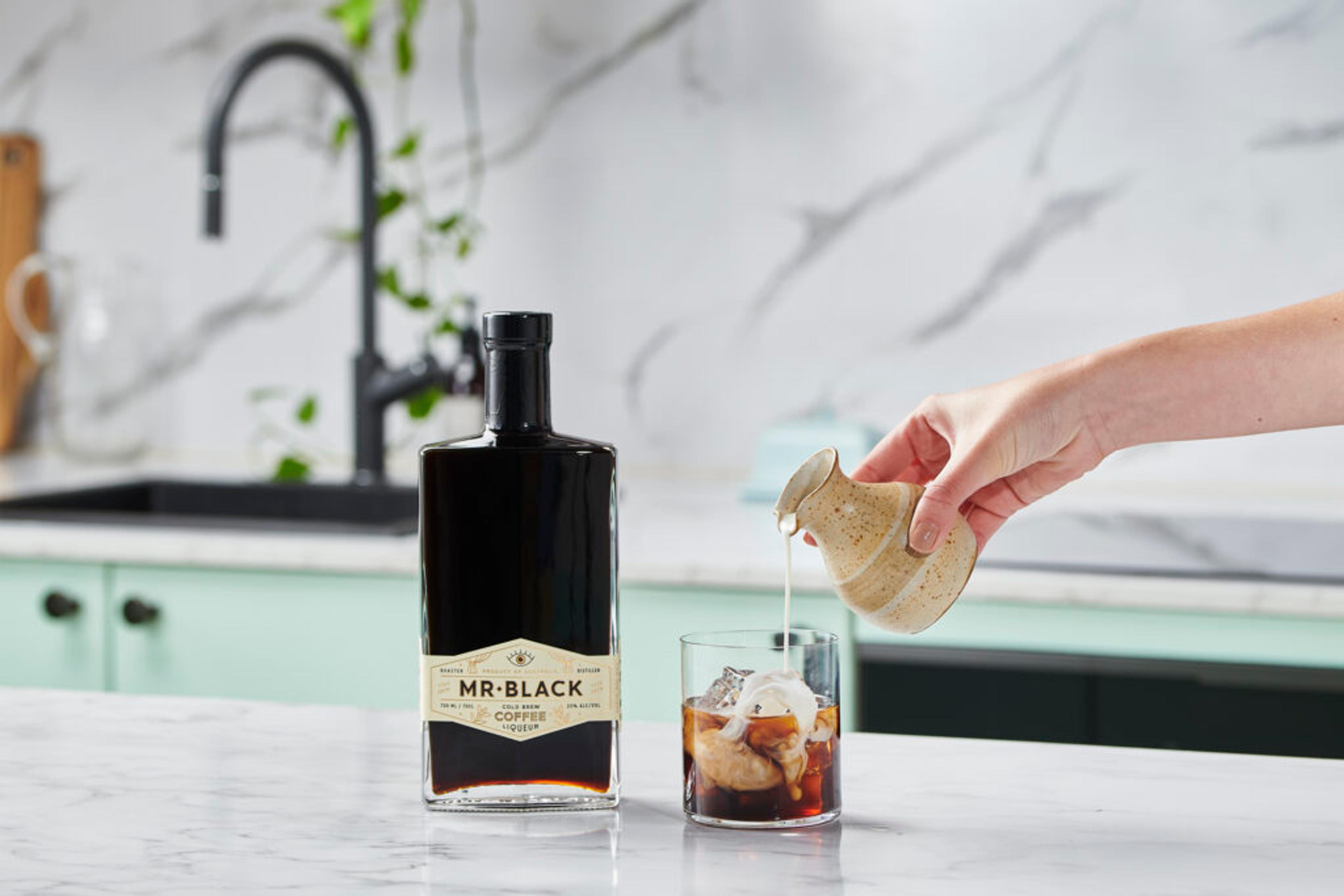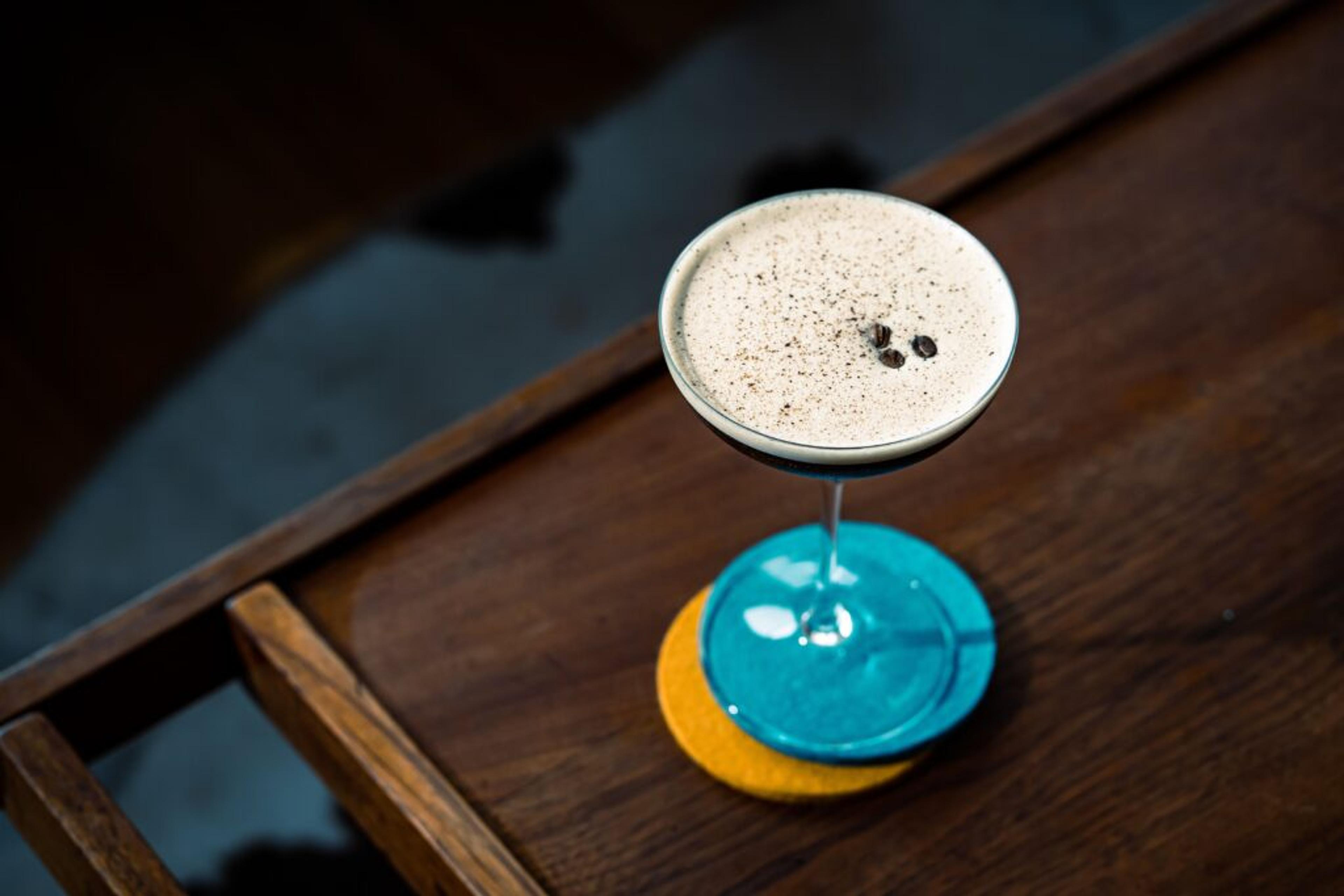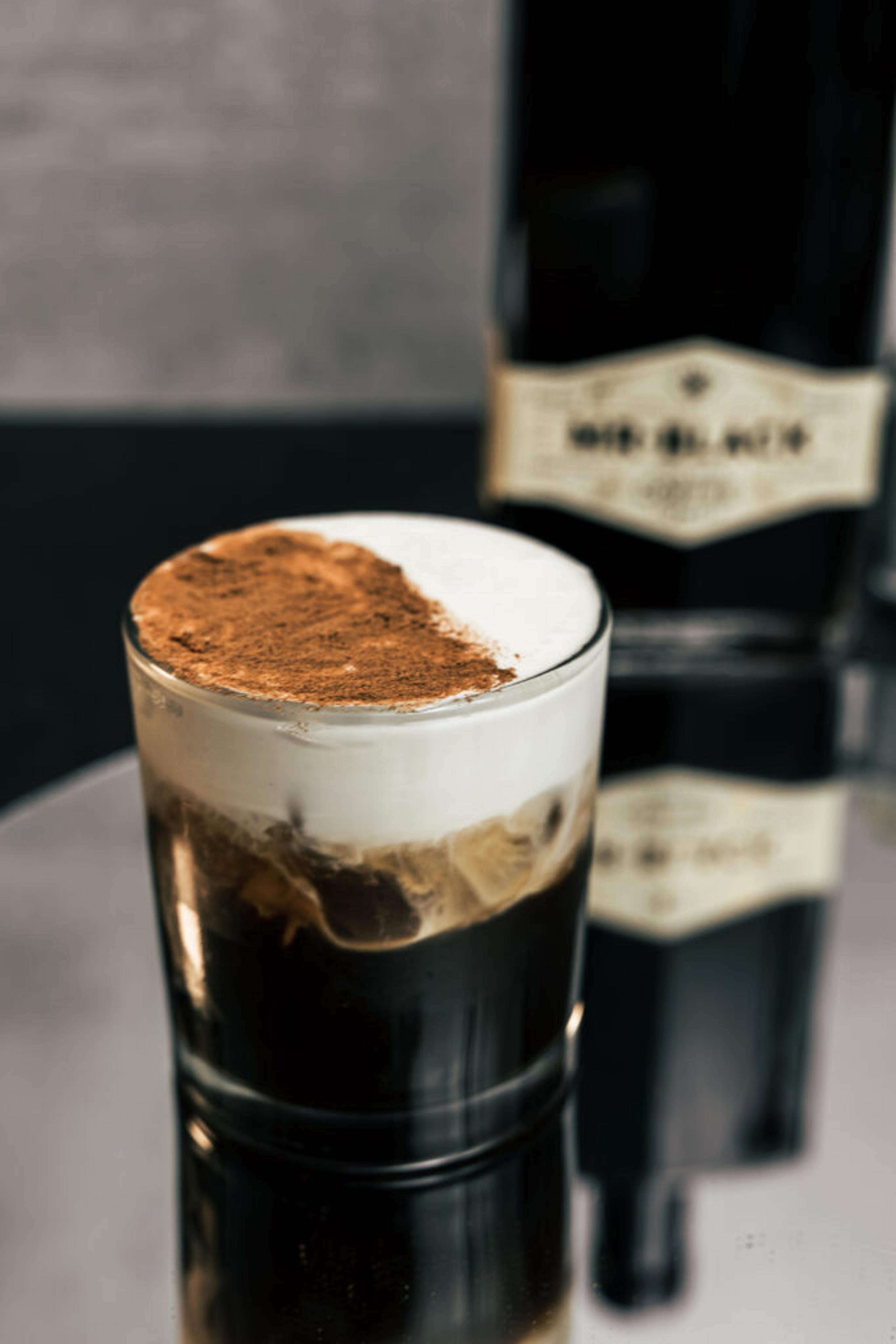Regardless of where you are in Japan, the Bento Box choices for a reasonable lunch are practically perpetual; sushi, ramen, even Japanese grill! Did you know that you can easily find yourself dining at a different café every single day of the week? It’s true! Facts about the Bento Box reveal just how versatile and convenient they are. These traditional Japanese lunch boxes offer a balanced meal with compartments for rice, protein, vegetables, and more. It’s no wonder they’re such a popular choice for a quick and satisfying meal on the go.
Notwithstanding, for some, Japanese individuals, from younger students to lawmakers, the bento box, a Japanese-style lunchbox, is a helpful way of partaking in their early afternoon dinner. We will bust open the cover on the long history of the Japanese bento box, how bento boxes are made, and where you can get one. In particular, we will uncover how you can make the ideal bento lunch, and you can see with your own eyes why the bento box is famous with both youthful and old.
1. What is a Bento Box?
Since the thirteenth century, the bento has turned into an image of Japanese culture and beliefs. The reasonable sustenance and movability are great for younger students and the labor force the same, giving the ideal jolt of energy come evening. Furthermore, obviously, that comfort comes from the politeness of the impeccably planned and created bento box.
2. The History of the Bento Box
During the Edo time frame, from 1603 to 1867, the bento turned into a regular supper, with fixings and serving style-shifting relying upon social class and occupation. Explorers and tourists would convey koshibento (midriff bento), which regularly included rice balls enclosed by bamboo leaves. For exceptional occasions, for example, hanami (bloom-seeing gatherings), enormous, layered Bentos were ready to praise the event.
3. How Are Bento Boxes Made?
Prior to current materials, bento boxes were hand-cut from wood. They were lacquered and planned by skilled workers; the richer the container, the more costly the expense. The two fine models from the assortment of the Shinjuku Historical Museum show exactly how rich they can be! The extremely old pinnacle-formed bento on the left is decorated with gold in fine polish.
The nineteenth-century gourd-formed bento houses a beverage holder, which seems like the ideal bento for a party in the recreation centre! Specialists in the little town of Ikawa in Shizuoka prefecture keep on creating this conventional lacquered bento, known as Ikawa member. In a cycle that requires various months, Japanese cypress is moulded, dried, and lacquered with a combination of red iron oxide and persimmon powder at least multiple times.
The tedious development process brings about a rich, gleaming bento box that is certain to cause your lunch to feel considerably more sumptuous. (Discover All You Need to Know About Japanese Lacquer). These Days Bento Box The vast majority of the world’s bento enclosures are produced in the Ishikawa Prefecture of Japan.
Moulds are utilized to deliver high amounts of your beloved lunch holders, and unique plans are fitted to everyone. While plastic Bentos are the most typical, wood and bamboo boxes can give a greener option to eco-cognizant lunch-creators. Maruge-Nappa bento boxes are made by bowing slight sheets of cedar or cypress into adjusted bento boxes, similar to customary lacquerware. Wappa boxes, notwithstanding, keep their regular tone and get done with, making them ideal for a relaxed workday lunch. Ajiro, or wicker bento, is another regular option. Produced using bits of bamboo meshed into a crate-like shape, these eccentric bento boxes will cause you to feel like a hero in a Ghibli liveliness.
4. What Are Bento Boxes Used For?
In Japan, guardians frequently make Bentos for their youngsters during their initial school years. A kid’s lunch frequently says something regarding their social standing and home life. Photographic artist Satoru Abe archives the extravagance and assortment of bento snacks in his photo series Nippon Cha Cha. The photograph above shows the firmly pressed and controlled supper of a mariner in the Maritime Defense Force. Nowadays, bento boxes are used to bring lunch to work.
5. What are the Main Types of Japanese Bento?
There are various kinds of bento to appreciate, with both the plan of the bento box itself just as the substance of the case saying a ton regarding the event, the season, and surprisingly the buyer. One side will contain rice, while the other will hold a variety of bright side dishes. This bento style supplies an advantageous and tastefully satisfying way of commending the event and appreciating the different doll shows. (In case you’re keen on Japanese Dolls, look at these 8 Types of Exquisite Japanese Dolls!) Like Kotaku Bentos Frequently during New Year’s dining experiences and different festivals. When organized appropriately, scenes of nature and changing areas show up in polished shades of gold. The layered lunchbox is the ideal way of getting sufficient nourishment for everybody while not occupying an excess of room. It may very well be a dazzling shock to track down a charming message or love-themed plans come noon. Chara-ben, in a real sense, has a significant character bento, and Oekaki-ben, a picture bento.
A few plans are so unpredictable and meticulously created. It nearly feels like a loss to eat them! However, the charming component of the dinner isn’t only to look good. It is likewise a way of making critical eaters amped up for the food that they typically wouldn’t eat. For those travelling around Japan, eki-ben and sora-ben (station bento and ‘sky’ bento) have you covered? These lunch boxes are effectively accessible at train stations and air terminals. And regularly include neighborhood fixings and fortes, for example, Kobe meat bento in Kobe, or the shumai dumpling ekiben in Yokohama. Indeed, even the most active voyager gets the opportunity to taste some neighbourhood food on account of the bento box!
6. Where to Buy Bento Boxes?
In case you’re not in Japan, you can find some bento boxes adapted to nowadays lives online, microwaves and dishwasher safe. In case you’re in Japan to start your new innovative undertaking. You can find many shops selling bento boxes in Ikebukuro or Shibuya.
7. How to Make Your Own Japanese Bento Lunch?
The making of a bento, regardless of whether it is efficiently manufactured or custom-made, is moderately something similar. Carbs, protein, vegetables, and natural products; with carbs being the best extent, and products of the soil being the least. Therefore is an implicit guideline to include no less than one dish in the accompanying tones. Red or orange, yellow, green, white, and dark.
